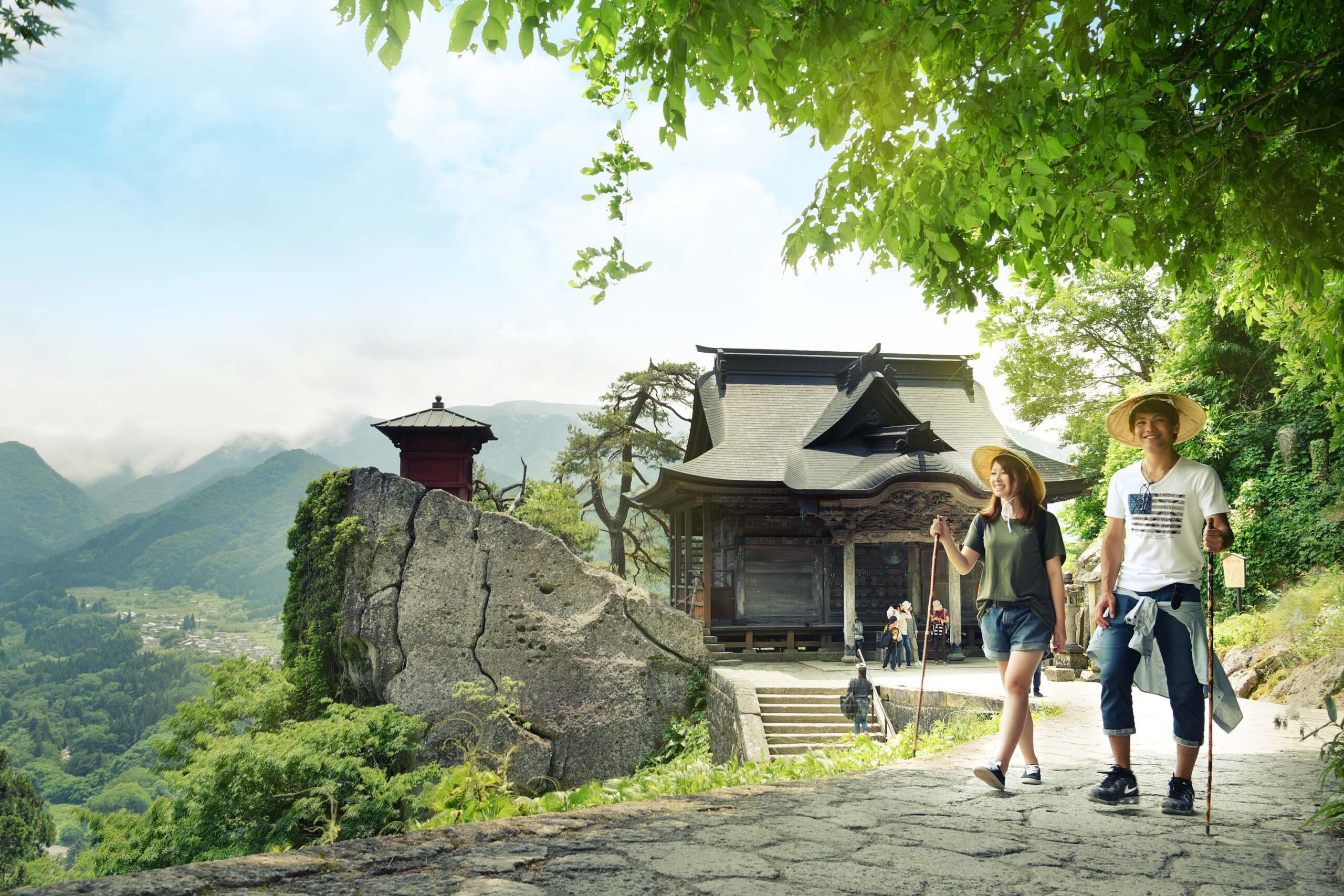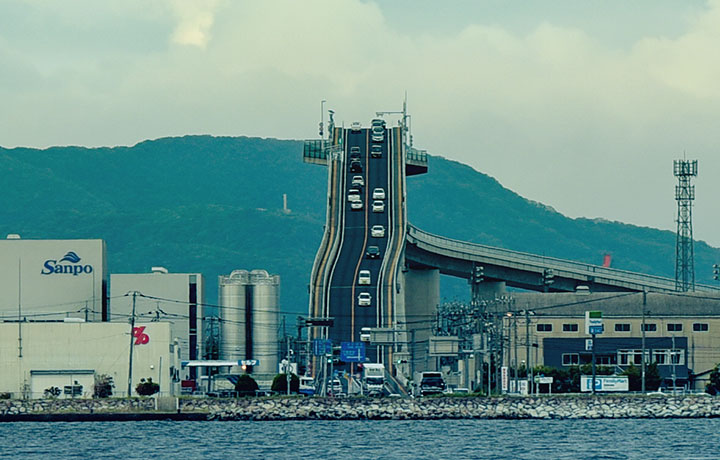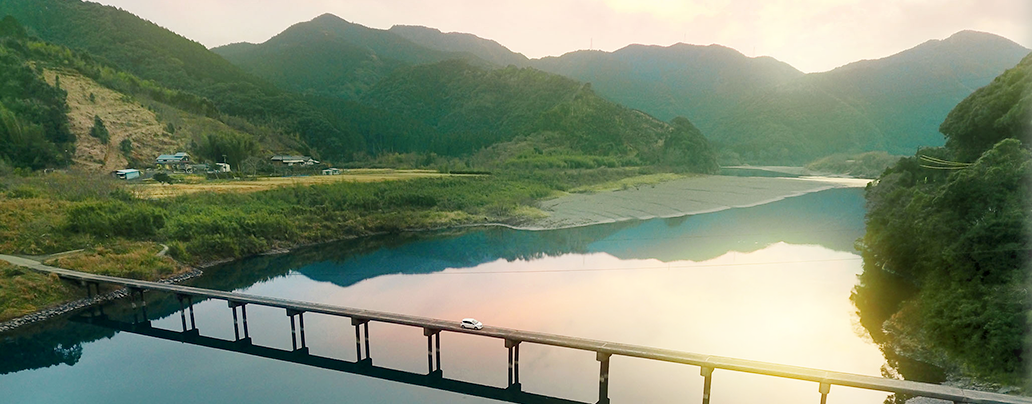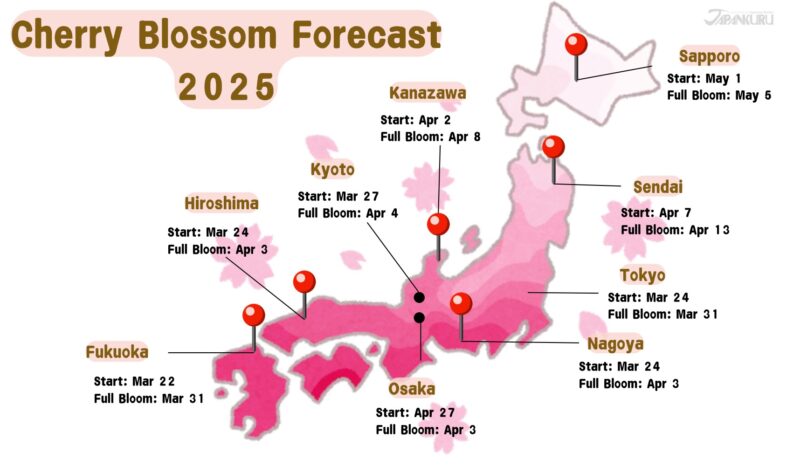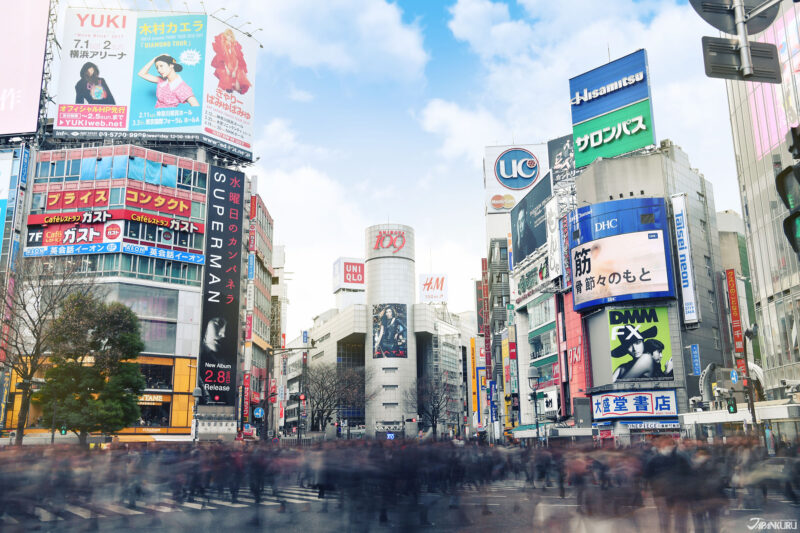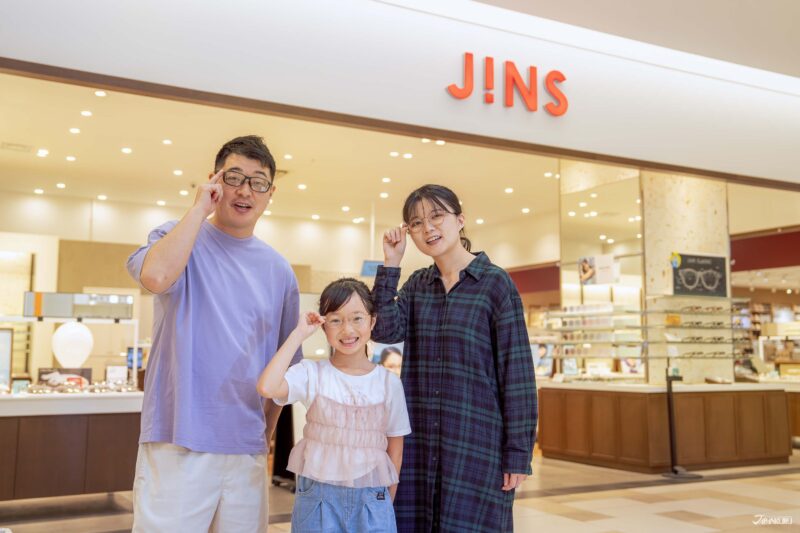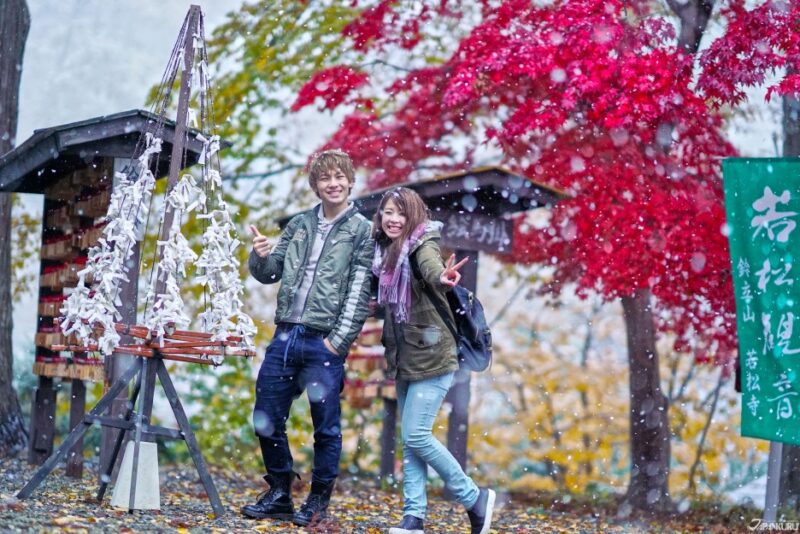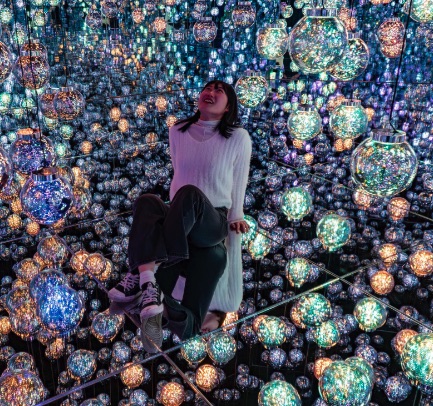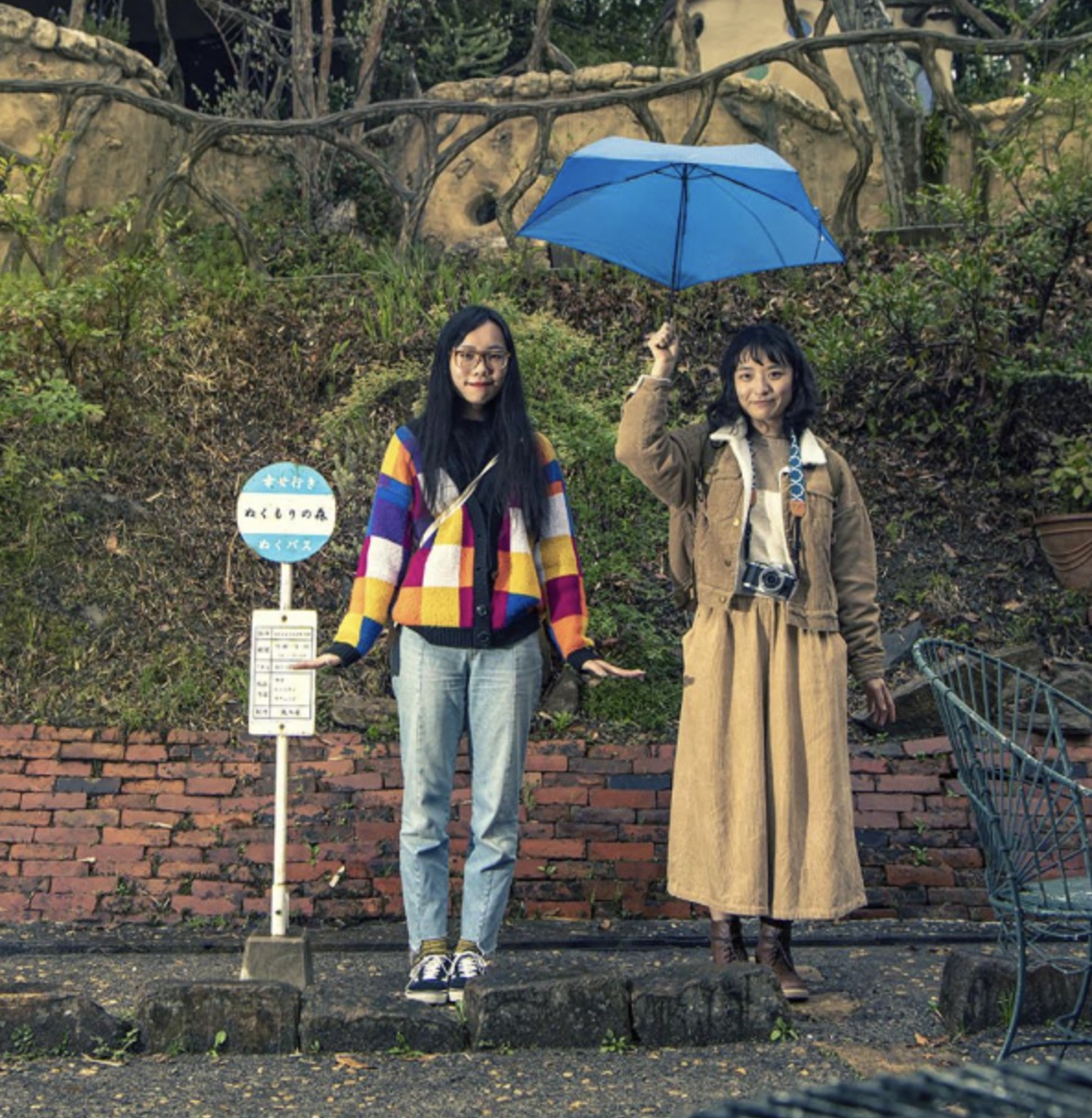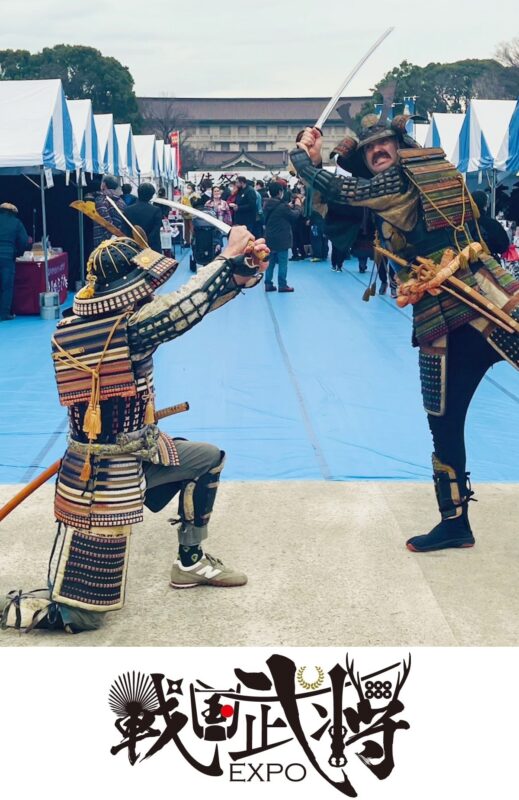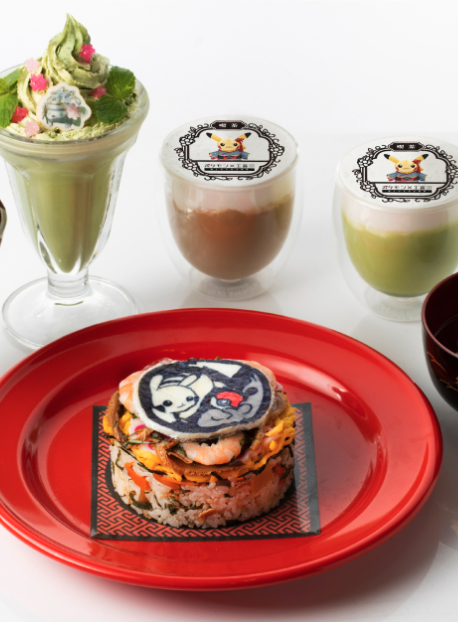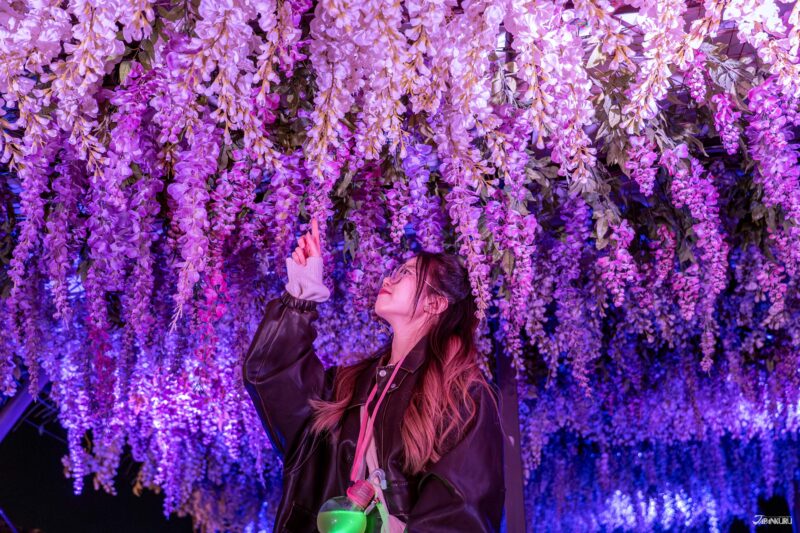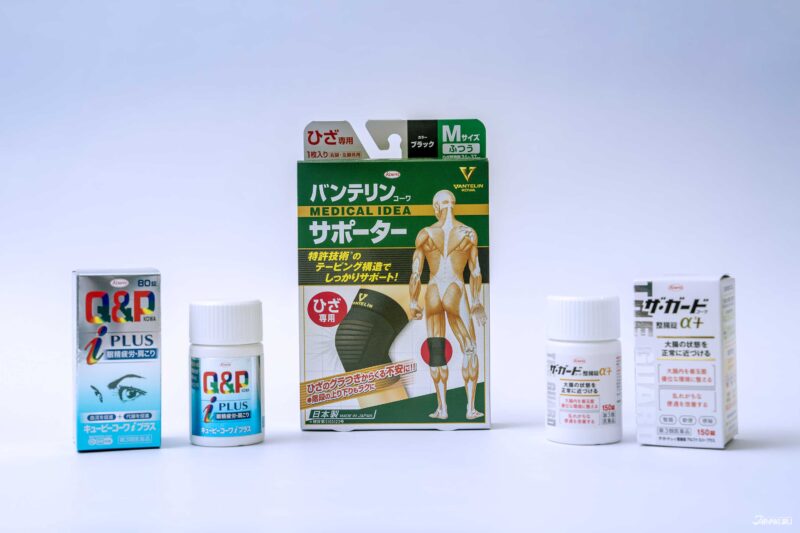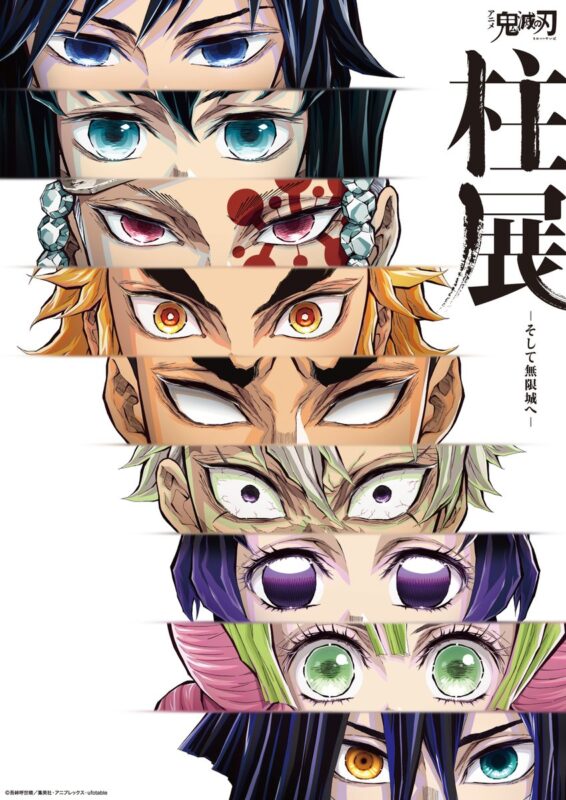A coffee festival held in Nagano prefecture. The theme of this festival is “Coffee and Water”.
Come in to find your favourite coffee, feel the nature and enjoy your time.
There’s plenty for you to enjoy even if you are not a coffee lover.
EVENT INFORMATION
| Event Name | NAGANO COFFEE FESTIVAL |
|---|---|
| Venue | Miyotacho Yakuba |
| Access | No parkings available for this event |
| Parking | |
| Address | 〒389-0292 6-1794 Maseguchi, Miyotacho Oaza, Kitasakugun, Nagano |
| Contact Info | |
| Dates | - |
| Additional Info | |
| Hours | TBA |
| Admission Fee | Free of Charge |
| Reservations | |
| Website | www.nagano-coffee-festival.com |
FEATURED MEDIA
VIEW MORE
Odaiba's DiverCity Tokyo Plaza is home to the famous real-size 20m-tall Unicorn Gundam, and the popular shopping center has even more Gundam on the inside! Check out the Gundam Base Tokyo on the 7th floor for shelves upon shelves of Gunpla, and the Gundam Base Tokyo Annex on the 2nd floor for cool anime merchandise. Both shops have tons of limited-edition items! #pr #odaiba #tokyo #tokyotrip #japantrip #japantravel #PR #divercity #divercitytokyoplaza #tokyoshopping #gundam #unicorngundam #gundambasetokyo #anime #otaku #gunpla #japankuru #오다이바 #다이바시티도쿄 #오다이바건담 #건담 #일본건담 #건프라 #건담베이스도쿄

A Tokyo Winter Must-See: Tokyo Mega Illumination Event Period: November 2, 2024 ~ January 12, 2025 *Closed Nov 4~8, Dec 1~6, Dec 25~ Jan 1. End date may be subject to change. Hours: 16:30 – 21:00 (final admission 20:00) *Opening hours may vary depending on scheduled events or congestion, please check the official website for details. Directions: 2 min. walk from Tokyo Monorail Oikeibajo-Mae Station, 12 min. walk from Keikyu Tachiaigawa Station #japankuru #tokyowinter #tokyomegaillumination #megaillumination2024 #tokyocitykeiba #도쿄메가일루미네이션 #tokyotrip #oiracecourseillumination

Tokyo Shopping Spot Recommendation: New Balance Kichijoji #newbalance #newbalancekichijoji #newbalancejapan #japanesesneakerheads #shoppinginjapan #japantrip #도쿄여행 #도쿄쇼핑 #뉴발란스 #일본한정 #일본패션 #日本購物 #日本買衣服 #NB #日本時尚 #東京購物 #รองเท้าnewbalance #นิวบาลานซ์ #รองเท้าผ้าใบ #ช้อปปิ้ง #คิจิโจจิ #japankuru

See Kyoto Clearly With Your New Glasses #japankuru #kyoto #jins #교토여행 #진즈 #京都 #교토수족관 #가모가와 #kamogawa #kyotoaquarium

The First Japanese Converse Flagship: CONVERSE STORE HARAJUKU #japankkuru #conversejp_pr #conversejapan #harajuku #tokyotrip #converse #tokyoshopping #匡威 #帆布鞋 #東京購物 #原宿 #日本時尚 #일본쇼핑 #일본컨버스 #일본한정 #하라주쿠 #일본패션 #일본스트릿 #รองเท้าconverse #รองเท้าผ้าใบ #ช้อปปิ้ง #ฮาราจูกุ #คอนเวิร์ส

Japanese Makeup Shopping • A Trip to Kamakura & Enoshima With Canmake’s Cool-Toned Summer Makeup #pr #canmake #enoshima #enoden #에노시마 #캔메이크 #japanesemakeup #japanesecosmetics





Japanese appliance & electronics shopping with our KOJIMA x BicCamera coupon!
用JAPANKURU的KOJIMA x BicCamera優惠券買這些正好

Odaiba's DiverCity Tokyo Plaza is home to the famous real-size 20m-tall Unicorn Gundam, and the popular shopping center has even more Gundam on the inside! Check out the Gundam Base Tokyo on the 7th floor for shelves upon shelves of Gunpla, and the Gundam Base Tokyo Annex on the 2nd floor for cool anime merchandise. Both shops have tons of limited-edition items! #pr #odaiba #tokyo #tokyotrip #japantrip #japantravel #PR #divercity #divercitytokyoplaza #tokyoshopping #gundam #unicorngundam #gundambasetokyo #anime #otaku #gunpla #japankuru #오다이바 #다이바시티도쿄 #오다이바건담 #건담 #일본건담 #건프라 #건담베이스도쿄

A Tokyo Winter Must-See: Tokyo Mega Illumination Event Period: November 2, 2024 ~ January 12, 2025 *Closed Nov 4~8, Dec 1~6, Dec 25~ Jan 1. End date may be subject to change. Hours: 16:30 – 21:00 (final admission 20:00) *Opening hours may vary depending on scheduled events or congestion, please check the official website for details. Directions: 2 min. walk from Tokyo Monorail Oikeibajo-Mae Station, 12 min. walk from Keikyu Tachiaigawa Station #japankuru #tokyowinter #tokyomegaillumination #megaillumination2024 #tokyocitykeiba #도쿄메가일루미네이션 #tokyotrip #oiracecourseillumination

Tokyo Shopping Spot Recommendation: New Balance Kichijoji #newbalance #newbalancekichijoji #newbalancejapan #japanesesneakerheads #shoppinginjapan #japantrip #도쿄여행 #도쿄쇼핑 #뉴발란스 #일본한정 #일본패션 #日本購物 #日本買衣服 #NB #日本時尚 #東京購物 #รองเท้าnewbalance #นิวบาลานซ์ #รองเท้าผ้าใบ #ช้อปปิ้ง #คิจิโจจิ #japankuru

See Kyoto Clearly With Your New Glasses #japankuru #kyoto #jins #교토여행 #진즈 #京都 #교토수족관 #가모가와 #kamogawa #kyotoaquarium

The First Japanese Converse Flagship: CONVERSE STORE HARAJUKU #japankkuru #conversejp_pr #conversejapan #harajuku #tokyotrip #converse #tokyoshopping #匡威 #帆布鞋 #東京購物 #原宿 #日本時尚 #일본쇼핑 #일본컨버스 #일본한정 #하라주쿠 #일본패션 #일본스트릿 #รองเท้าconverse #รองเท้าผ้าใบ #ช้อปปิ้ง #ฮาราจูกุ #คอนเวิร์ส

Japanese Makeup Shopping • A Trip to Kamakura & Enoshima With Canmake’s Cool-Toned Summer Makeup #pr #canmake #enoshima #enoden #에노시마 #캔메이크 #japanesemakeup #japanesecosmetics





Japanese appliance & electronics shopping with our KOJIMA x BicCamera coupon!
用JAPANKURU的KOJIMA x BicCamera優惠券買這些正好

Odaiba's DiverCity Tokyo Plaza is home to the famous real-size 20m-tall Unicorn Gundam, and the popular shopping center has even more Gundam on the inside! Check out the Gundam Base Tokyo on the 7th floor for shelves upon shelves of Gunpla, and the Gundam Base Tokyo Annex on the 2nd floor for cool anime merchandise. Both shops have tons of limited-edition items! #pr #odaiba #tokyo #tokyotrip #japantrip #japantravel #PR #divercity #divercitytokyoplaza #tokyoshopping #gundam #unicorngundam #gundambasetokyo #anime #otaku #gunpla #japankuru #오다이바 #다이바시티도쿄 #오다이바건담 #건담 #일본건담 #건프라 #건담베이스도쿄
MAP OF JAPAN
SEARCH BY REGION

-
-
HOKKAIDO
VIEW MORE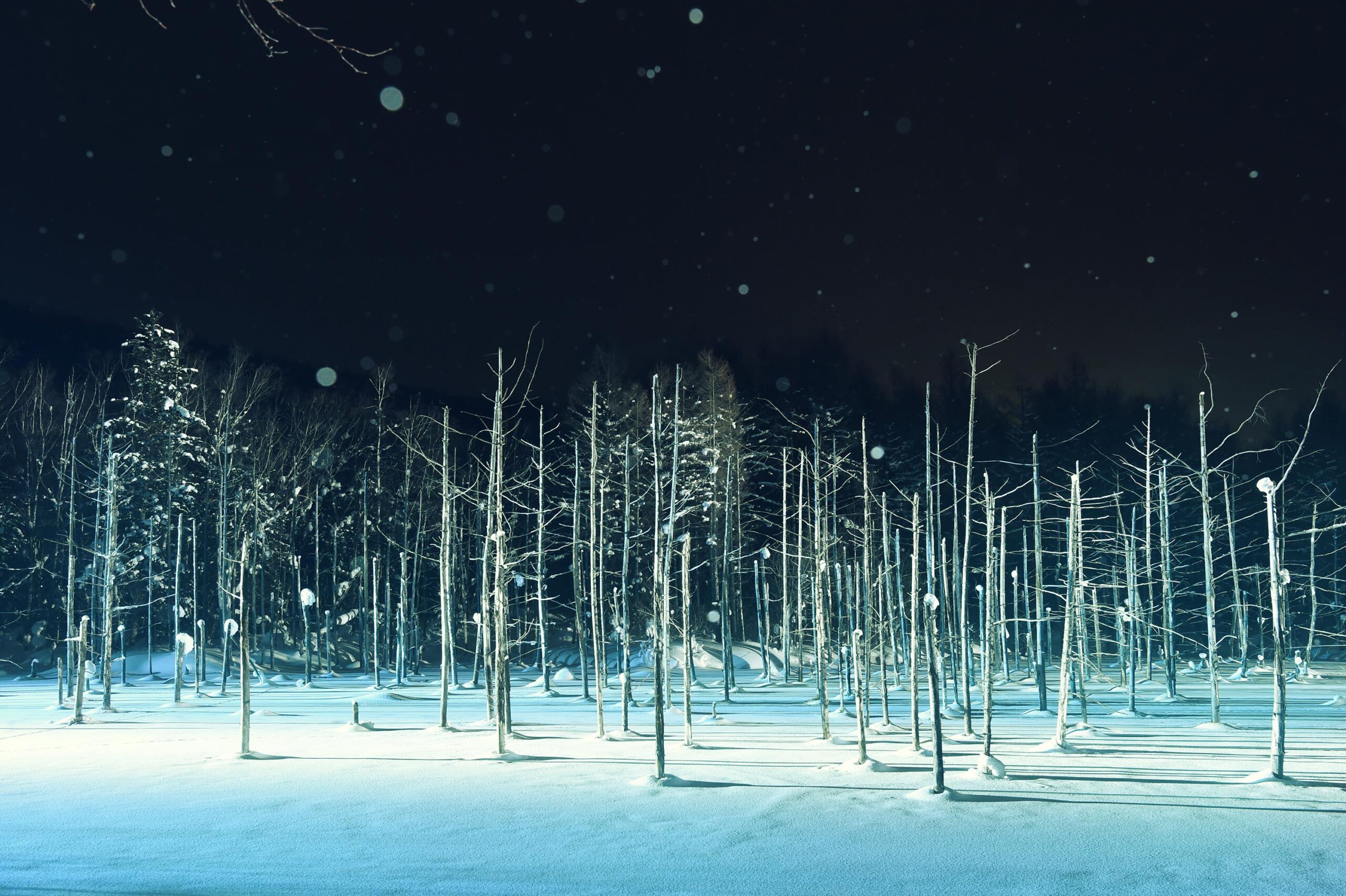
Hokkaido (北海道) is the northernmost of the four main islands that make up Japan. The area is famous for Sapporo Beer, plus brewing and distilling in general, along with fantastic snow festivals and breathtaking national parks. Foodies should look for Hokkaido's famous potatoes, cantaloupe, dairy products, soup curry, and miso ramen!
-
NIKI
VIEW MORE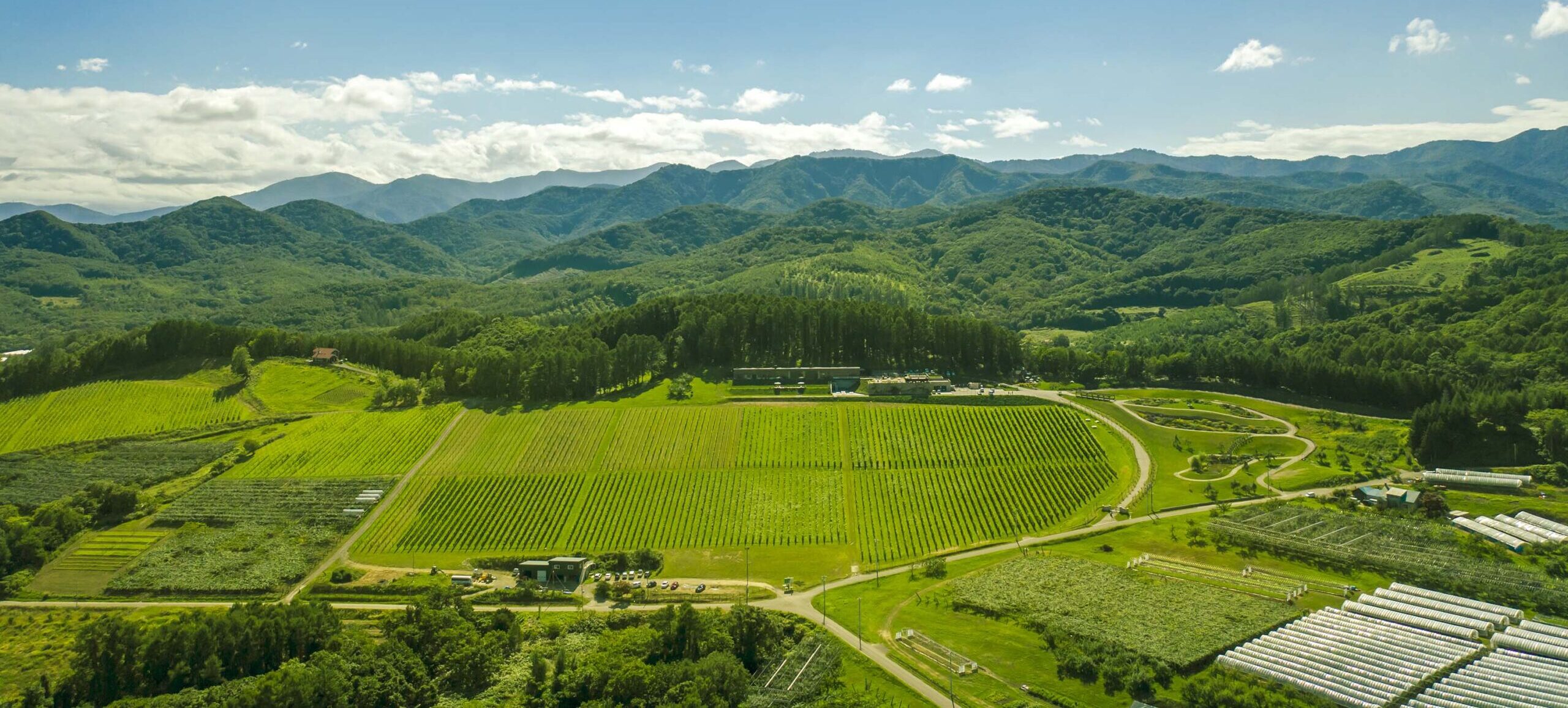
Niki, in south-west Hokkaido, is about 30 minutes from Otaru. The small town is rich with natural resources, fresh water, and clean air, making it a thriving center for fruit farms. Cherries, tomatoes, and grapes are all cultivated in the area, and thanks to a growing local wine industry, it's quickly becoming a food and wine hotspot. Together with the neighboring town of Yoichi, it's a noted area for wine tourism.
-
NISEKO
VIEW MORE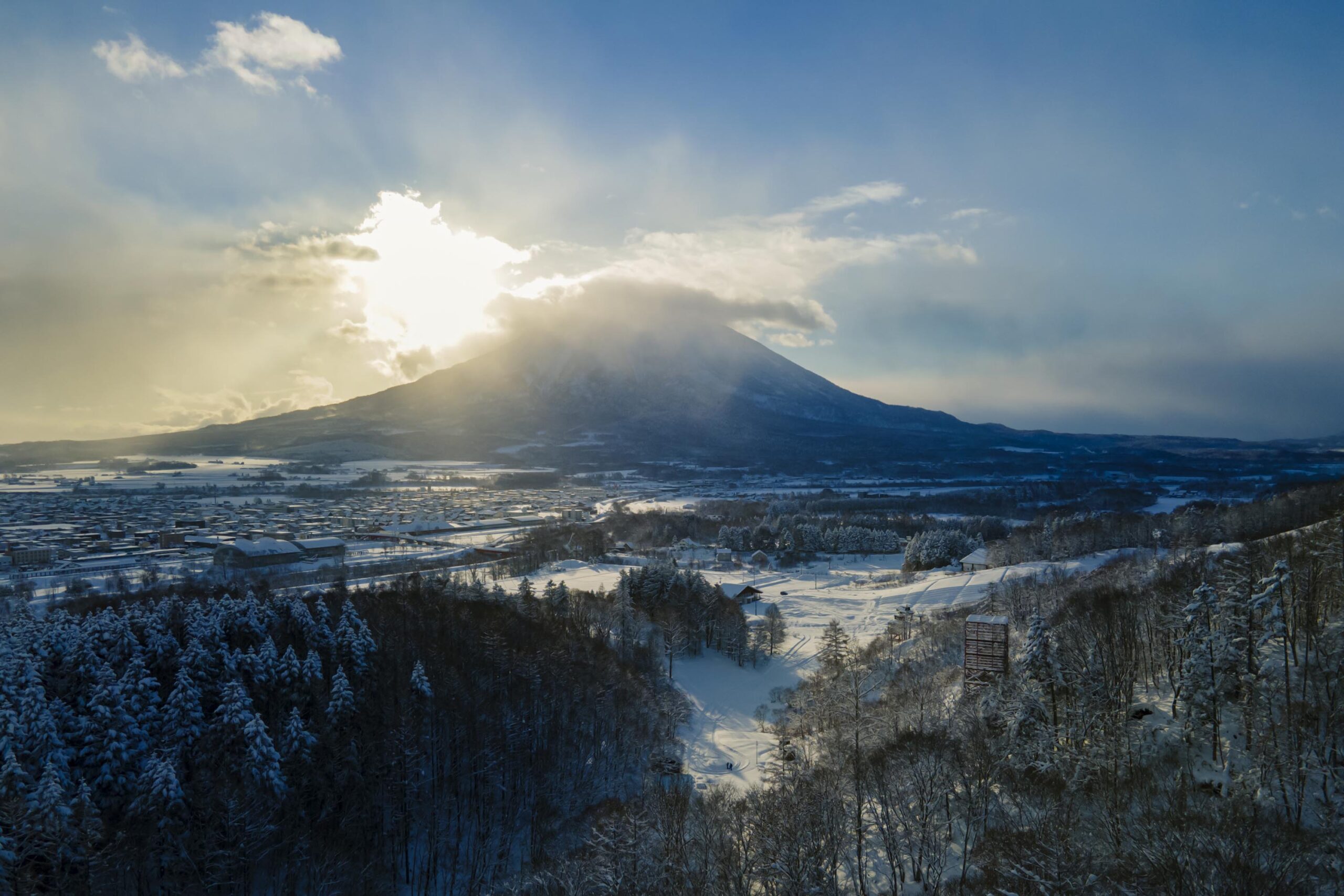
Niseko is about two hours from New Chitose Airport, in the western part of Hokkaido. It's one of Japan's most noted winter resort areas, and a frequent destination for international visitors. That's all because of the super high-quality powder snow, which wins the hearts of beginners and experts alike, bringing them back for repeat visits. That's not all, though, it's also a great place to enjoy Hokkaido's culinary scene and some beautiful onsen (hot springs).
-
OTARU
VIEW MORE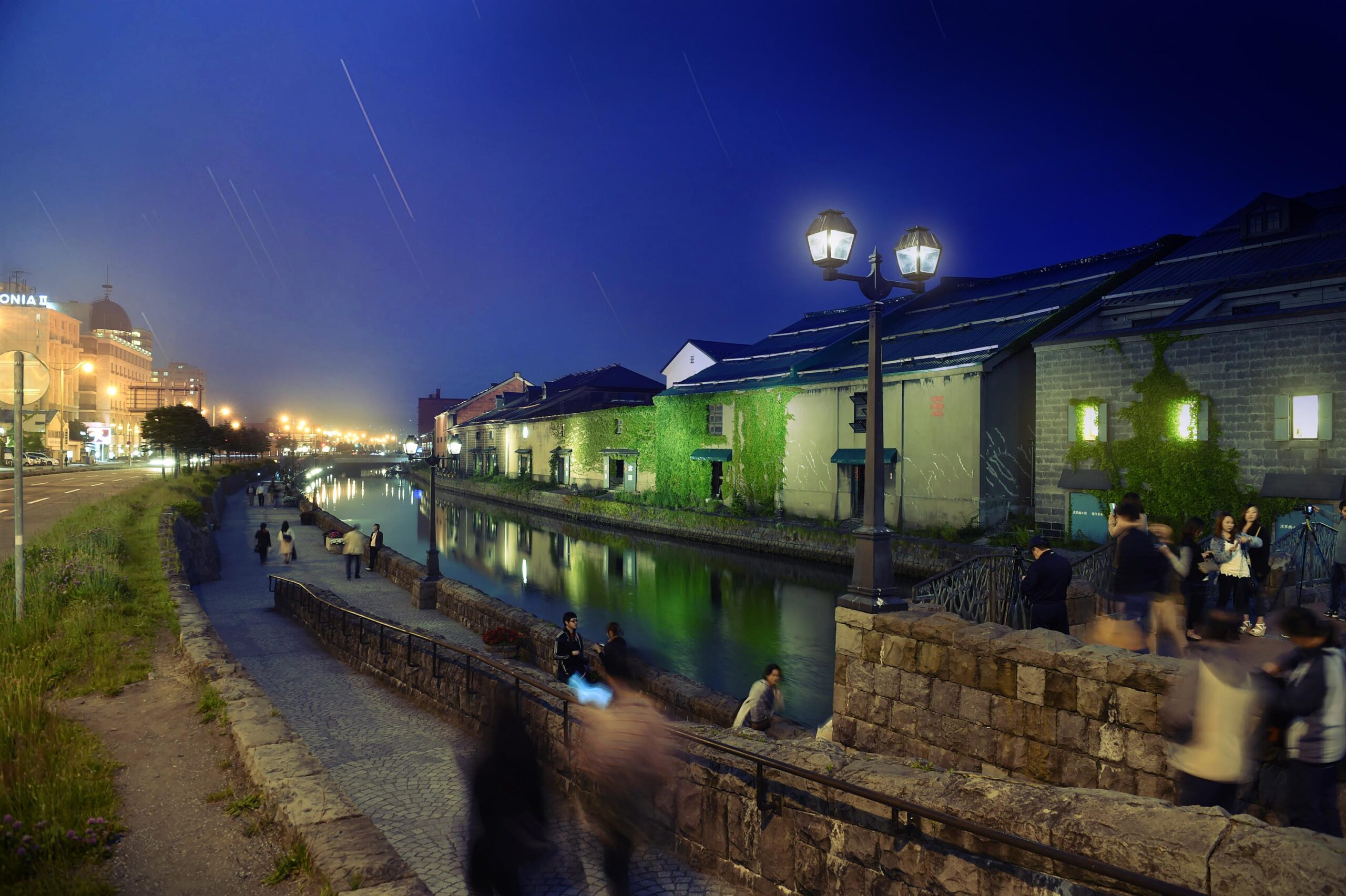
Otaru is in western Hokkaido, about 30 minutes from Sapporo Station. The city thrived around its busy harbor in the 19th and 20th centuries thanks to active trade and fishing, and the buildings remaining from that period are still popular attractions, centered around Otaru Canal. With its history as a center of fishing, it's no surprise that the area's fresh sushi is a must-try. Otaru has over 100 sushi shops, quite a few of which are lined up on Sushiya Dori (Sushi Street).
-
SAPPORO
VIEW MORE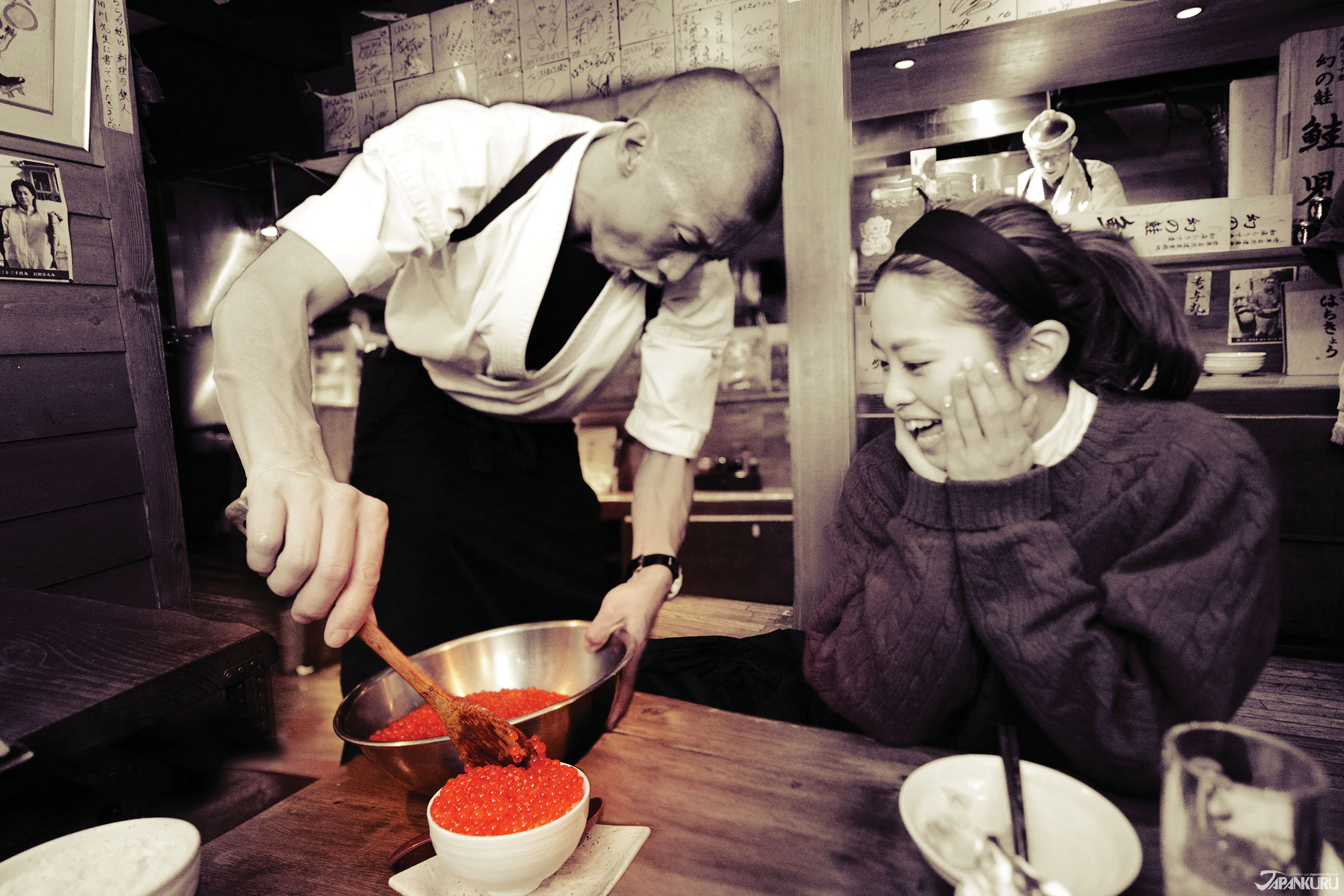
Sapporo, in the south-western part of Hokkaido, is the prefecture's political and economic capital. The local New Chitose Airport see arrivals from major cities like Tokyo and Osaka, alongside international flights. Every February, the Sapporo Snow Festival is held in Odori Park―one of the biggest events in Hokkaido. It's also a hotspot for great food, known as a culinary treasure chest, and Sapporo is a destination for ramen, grilled mutton, soup curry, and of course Hokkaido's beloved seafood.
-
-
-
TOHOKU
VIEW MORE -
AKITA
VIEW MORE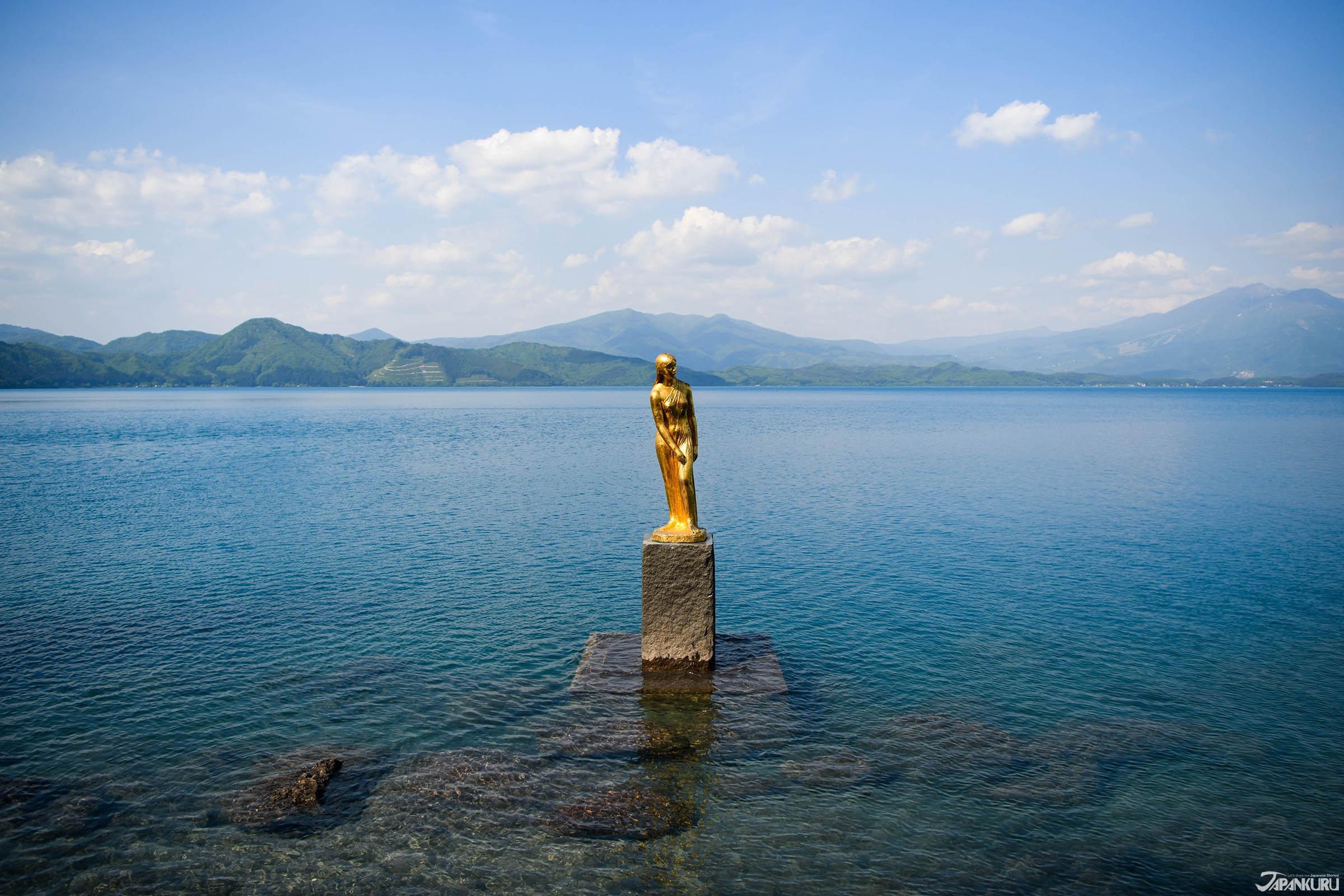
Akita Prefecture is on the Sea of Japan, in the northern reaches of Japan's northern Tohoku region. Akita has more officially registered important intangible culture assets than anywhere else in Japan, and to this day visitors can experience traditional culture throughout the prefecture, from the Oga Peninsula's Namahage (registered with UNESCO as a part of Japan's intangible cultural heritage), to the Tohoku top 3 Kanto Festival. Mysterious little spots like the Oyu Stone Circle Site and Ryu no Atama (Dragon's Head) are also worth a visit!
-
FUKUSHIMA
VIEW MORE
Fukushima Prefecture sits at the southern tip of Japan's northern Tohoku region, and is divided into three parts with their own different charms: the Coastal Area (Hama-dori), the Central Area (Naka-dori), and the Aizu Area. There's Aizu-Wakamatsu with its Edo-era history and medieval castles, Oze National Park, Kitakata ramen, and Bandai Ski Resort (with its famous powder snow). Fukushima is a beautiful place to enjoy the vivid colors and sightseeing of Japan's beloved four seasons.
-
YAMAGATA
VIEW MORE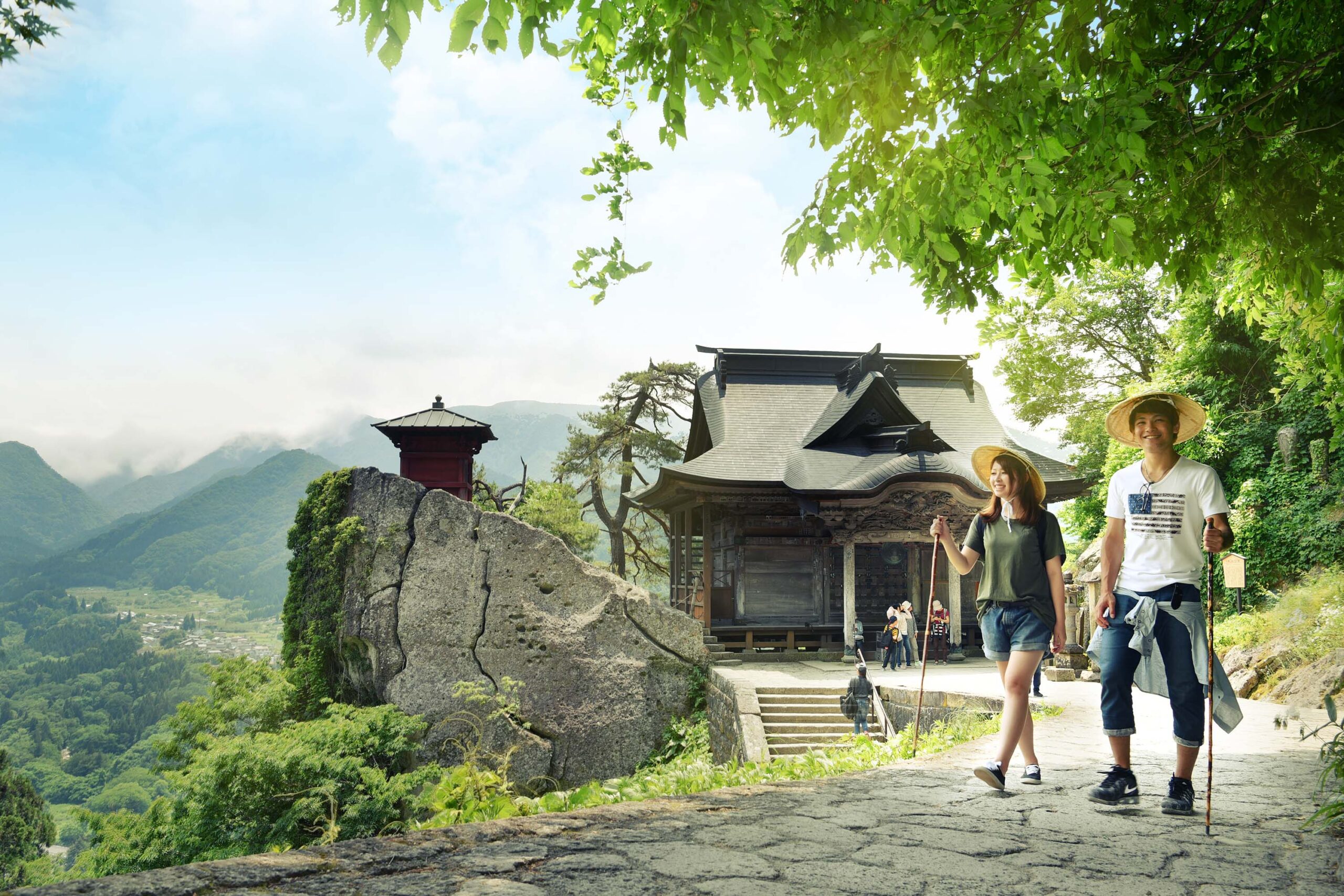
Yamagata Prefecture is up against the Sea of Japan, in the southern part of the Tohoku region, and it's especially popular in winter, when travelers soak in the onsen (hot springs) and ski down snowy slopes. International skiiers are especially fond of Zao Onsen Ski Resort and Gassan Ski Resort, and in recent years visitors have been drawn to the area to see the mystical sight of local frost-covered trees. Some destinations are popular regardless of the season, like Risshakuji Temple, AKA Yamadera, Ginzan Onsen's nostalgic old-fashioned streets, and Zao's Okama Lake, all great for taking pictures. Yamagata is also the place to try Yonezawa beef, one of the top 3 varieties of wagyu beef.
-
-
-
KANTO
VIEW MORE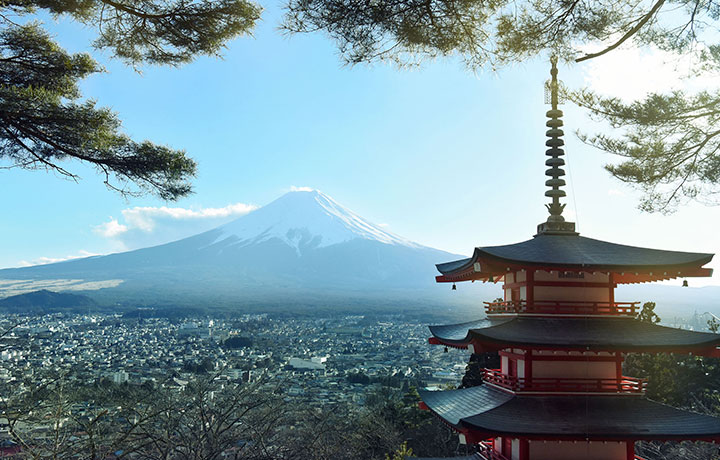
Japan's most densely populated area, the Kanto Region (関東地方) includes 7 prefectures: Gunma, Tochigi, Ibaraki, Saitama, Tokyo, Chiba, and Kanagawa, which means it also contains the Tokyo Metropolitan Area. In modern-day Japan, Kanto is the cultural, political, and economic heartland of the country, and each prefecture offers something a little different from its neighbors.
-
GUNMA
VIEW MORE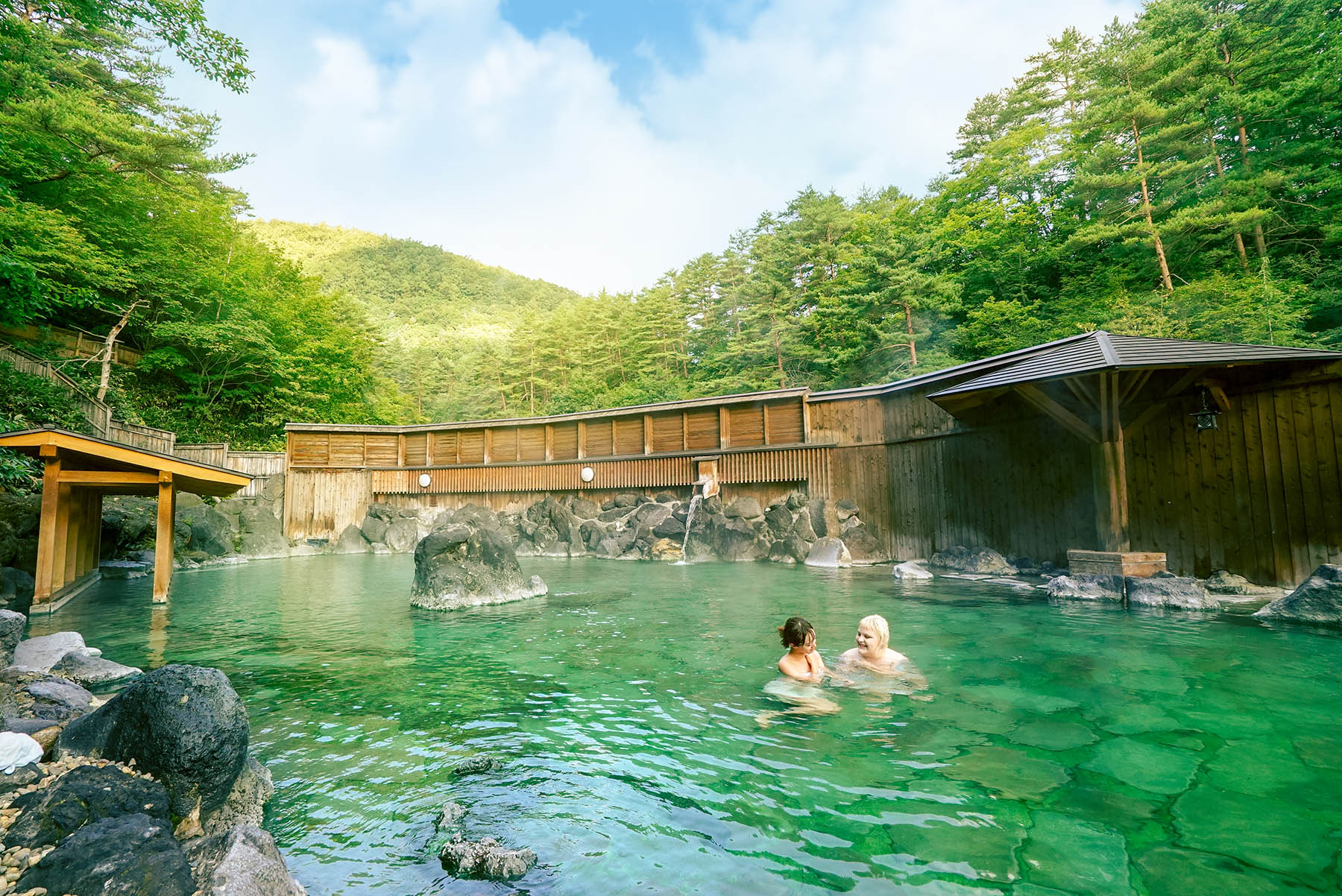
Gunma Prefecture is easily accessible from Tokyo, and in addition to the area's popular natural attractions like Oze Marshland and Fukiware Falls, Gunma also has a number of popular hot springs (Kusatsu, Ikaho, Minakami, Shima)―it's even called an Onsen Kingdom. The prefecture is popular with history buffs and train lovers, thanks to spots like world heritage site Tomioka Silk Mill, the historic Megane-bashi Bridge, and the Watarase Keikoku Sightseeing Railway.
-
TOCHIGI
VIEW MORE
Tochigi Prefecture's capital is Utsunomiya, known for famous gyoza, and just an hour from Tokyo. The prefecture is full of nature-related sightseeing opportunities year-round, from the blooming of spring flowers to color fall foliage. Tochigi also has plenty of extremely well-known sightseeing destinations, like World Heritage Site Nikko Toshogu Shrine, Lake Chuzenji, and Ashikaga Flower Park―famous for expansive wisteria trellises. In recent years the mountain resort town of Nasu has also become a popular excursion, thanks in part to the local imperial villa. Tochigi is a beautiful place to enjoy the world around you.
-
TOKYO
VIEW MORE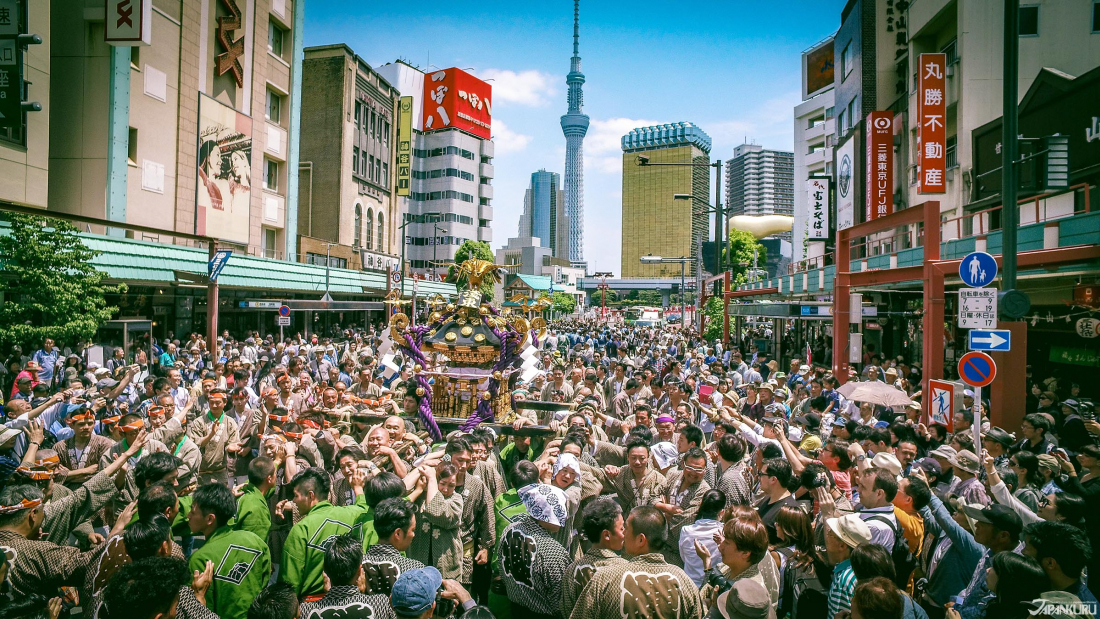
Tokyo (東京) is Japan's busy capital, and the most populous metropolitan area in the world. While the city as a whole is quite modern, crowded with skyscrapers and bustling crowds, Tokyo also holds onto its traditional side in places like the Imperial Palace and Asakusa neighborhood. It's one of the world's top cities when it comes to culture, the arts, fashion, games, high-tech industries, transportation, and more.
-
-
-
CHUBU
VIEW MORE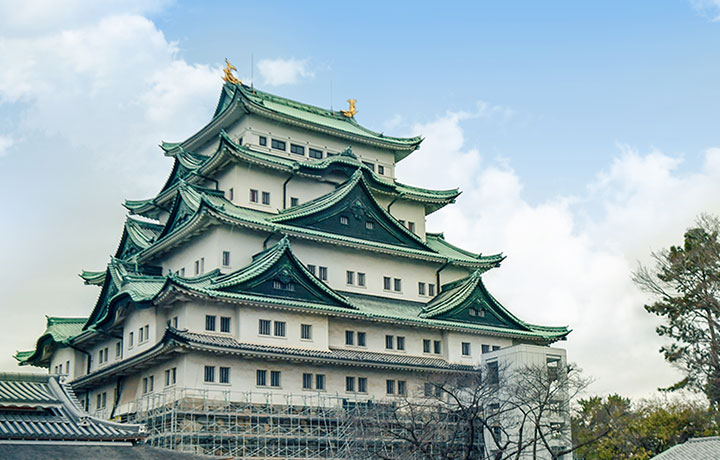
The Chubu Region (中部地方) is located right in the center of Japan's main island, and consists of 9 prefectures: Aichi, Fukui, Gifu, Ishikawa, Nagano, Niigata, Shizuoka, Toyama, and Yamanashi. It's primarily famous for its mountains, as the region contains both Mt. Fuji and the Japanese Alps. The ski resorts in Niigata and Nagano also draw visitors from around the world, making it a popular winter destination.
-
NAGANO
VIEW MORE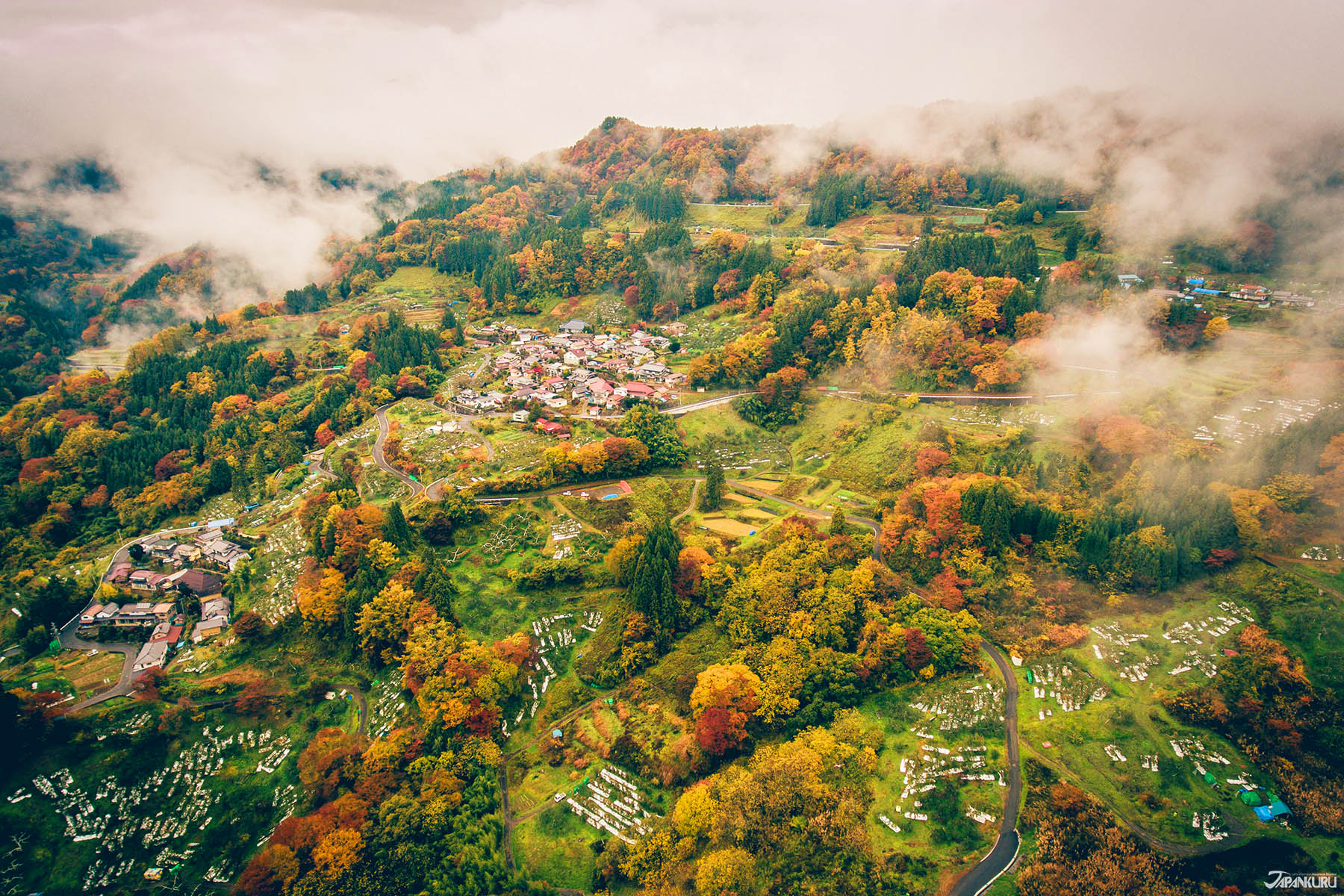
Nagano Prefecture's popularity starts with a wealth of historic treasures, like Matsumoto Castle, Zenkoji Temple, and Togakushi Shrine, but the highlight might just be the prefecture's natural vistas surrounded by the "Japanese Alps." Nagano's fruit is famous, and there are plenty of places to pick it fresh, and the area is full of hot springs, including Jigokudani Monkey Park―where monkeys take baths as well! Thanks to the construction of the Hokuriku shinkansen line, Nagano is easily reachable from the Tokyo area, adding it to plenty of travel itineraries. And after the 1998 Nagano Winter Olympics, ski resorts like Hakuba and Shiga Kogen are known around the world.
-
NAGOYA
VIEW MORE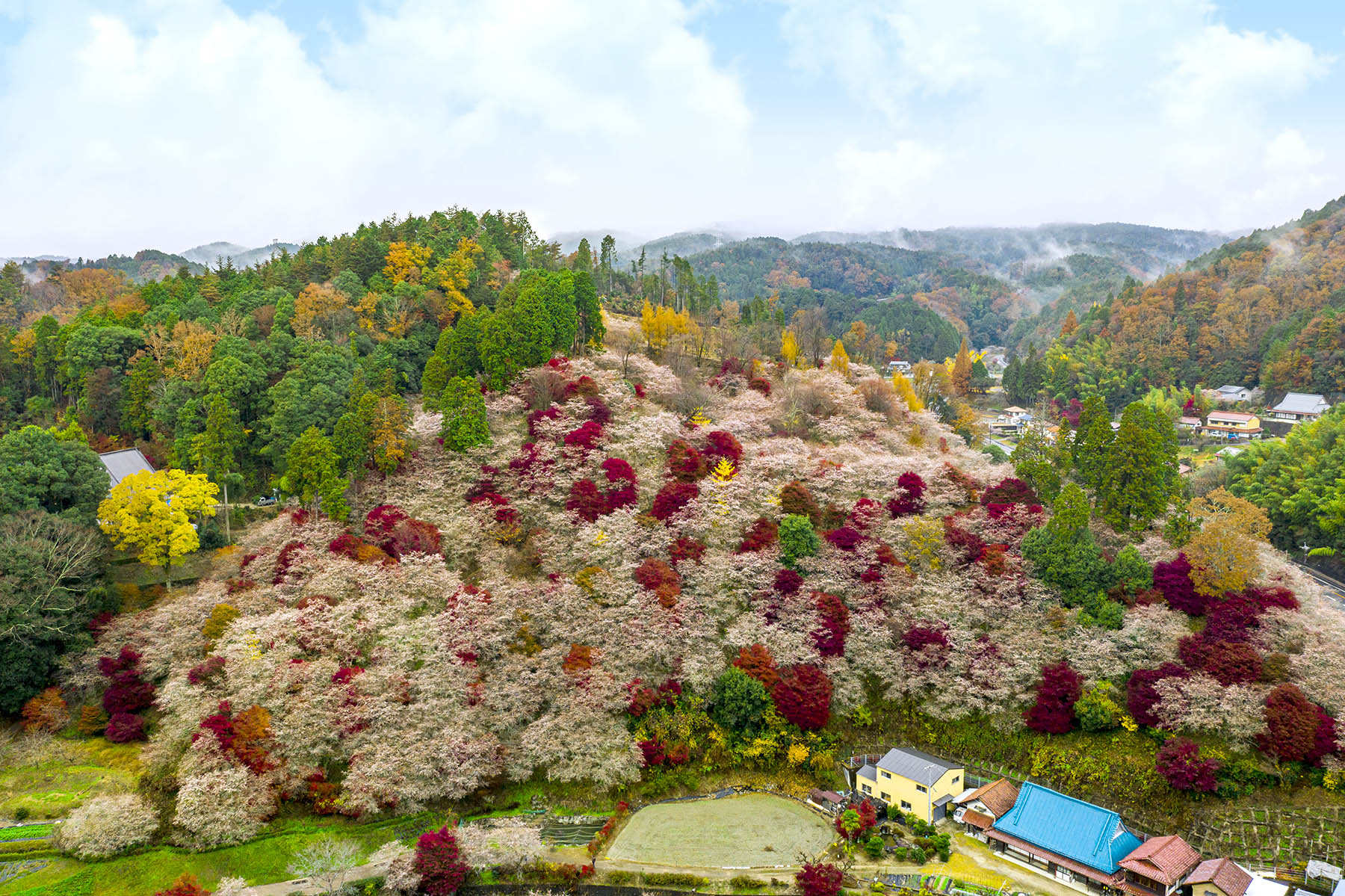
Aichi Prefecture sits in the center of the Japanese islands, and its capital city, Nagoya, is a center of politics, commerce, and culture. While Aichi is home to major industry, and is even the birthplace of Toyota cars, it's proximity to the sea and the mountains means it's also a place with beautiful natural scenery, like Saku Island, Koijigahama Beach, Mt. Horaiji. Often used a stage for major battles in Japanese history, Sengoku era commanders like Oda Nobunaga, Toyotomi Hideyoshi, and Tokugawa Ieyasu left their own footprints on Aichi, and historic buildings like Nagoya Castle, Inuyama Castle, and those in Meiji Mura are still around to tell the tale.
-
NIIGATA
VIEW MORE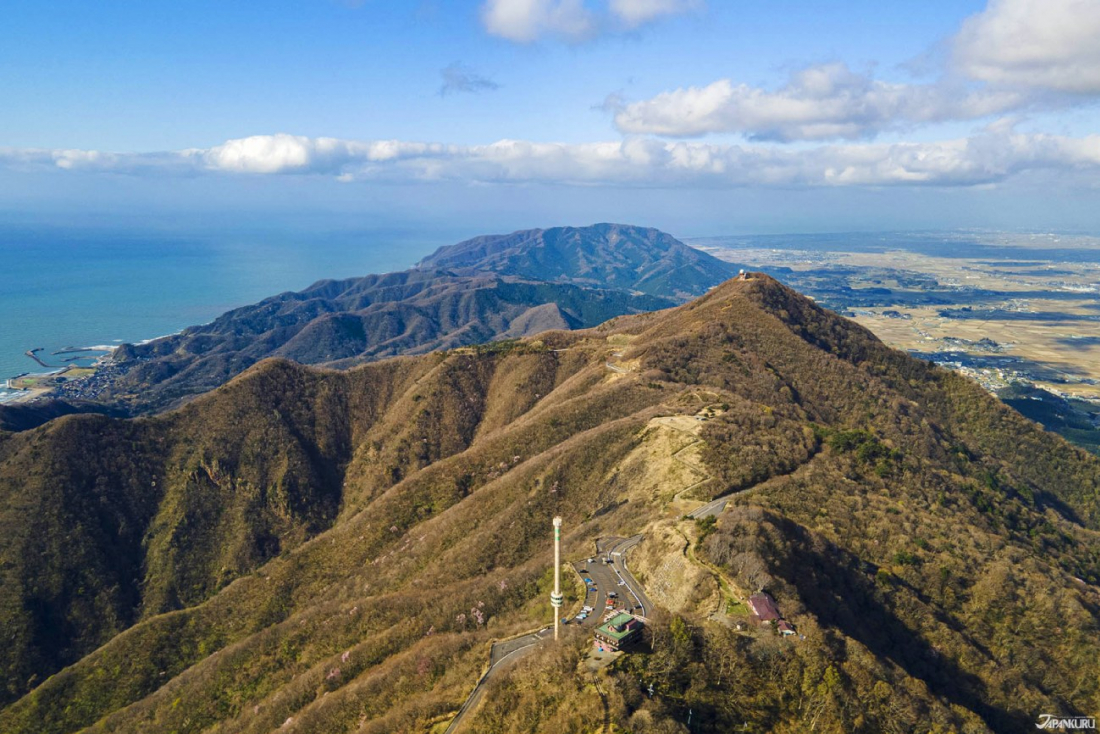
Niigata is a prefecture on Japan's main island of Honshu, situated right on the coast of the Sea of Japan, and abundant with the gifts of nature. It's known for popular ski resorts such as Echigo-Yuzawa, Japanese national parks, and natural hot spring baths, plus local products like fresh seafood, rice, and sake. Visitors often spend time in the prefectural capital, Niigata City, or venture across the water to Sado Island.
-
SHIZUOKA
VIEW MORE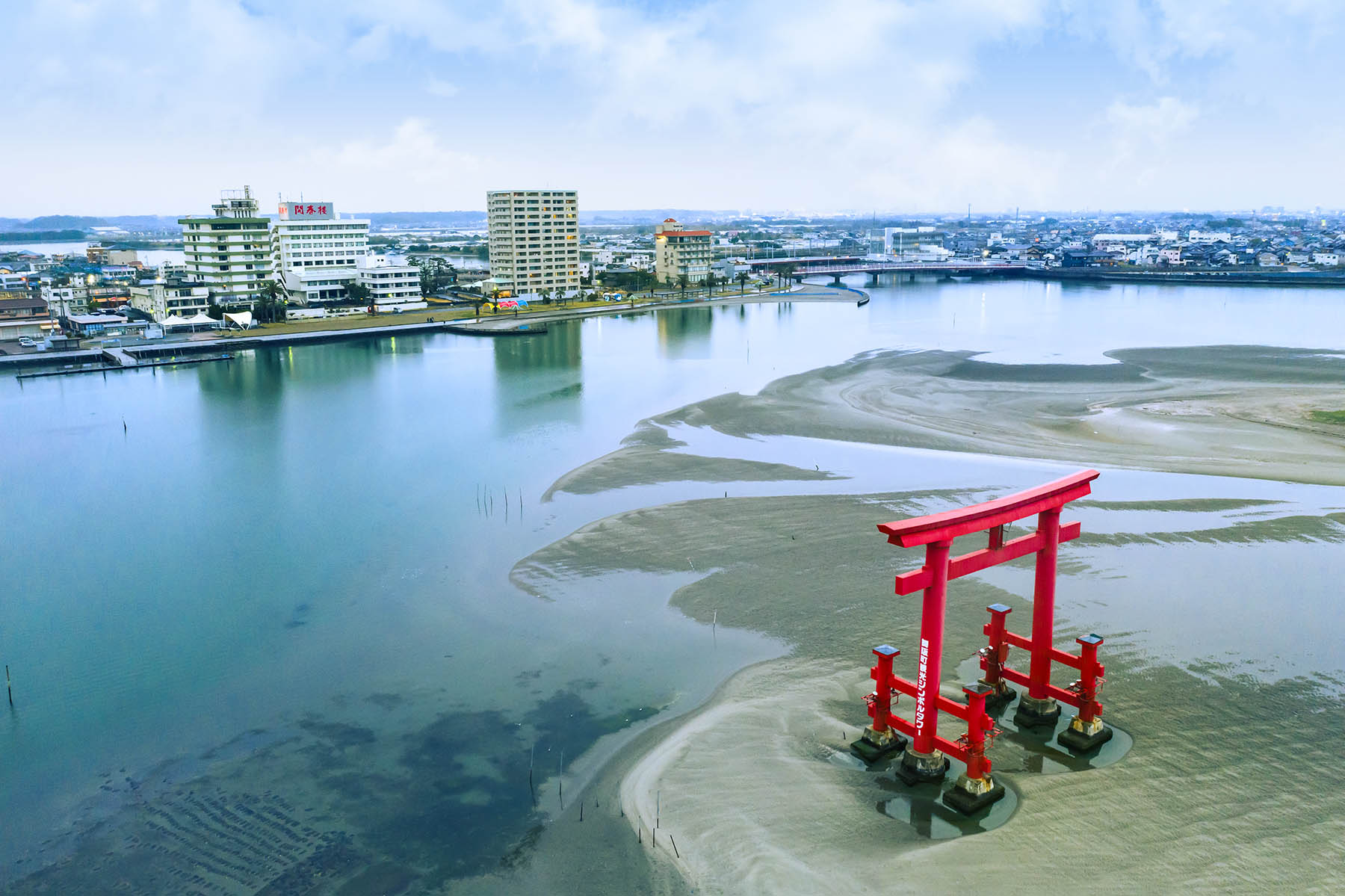
Shizuoka Prefecture is sandwiched between eastern and western Japan, giving the prefecture easy access to both Tokyo and Osaka. Not only is it known for beautiful natural attractions, with everything from Mount Fuji to Suruga Bay, Lake Hamanako, and Sumata Pass―Shizuoka's Izu Peninsula is known as a go-to spot for hot springs lovers, with famous onsen like Atami, Ito, Shimoda, Shuzenji, and Dogashima. Shizuoka attracts all kinds of travelers thanks to historic connections with the Tokugawa clan, the Oigawa Railway, fresh eel cuisine, Hamamatsu gyoza, and famously high-quality green tea.
-
-
-
KANSAI
VIEW MORE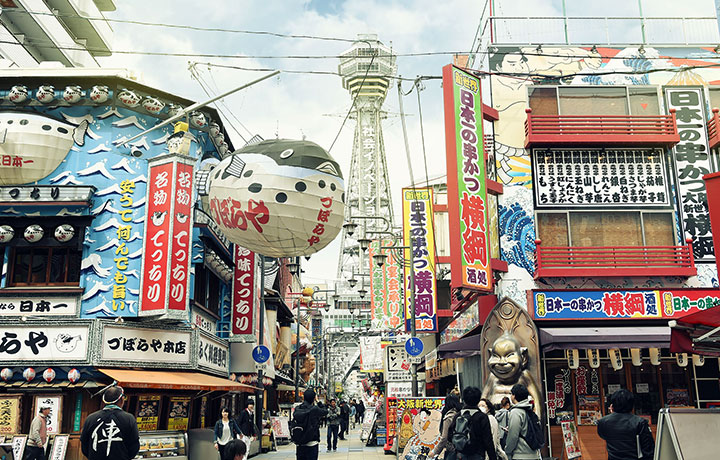
Kansai (関西) is a region that includes Mie, Nara, Wakayama, Kyoto, Osaka, Hyogo, and Shiga Prefectures. Kansai contained Japan's ancient capital for hundreds of years, and it's making a comeback as one of the most popular parts of Japan. Kyoto's temples and shrines, Osaka Castle, and the deer of Nara are all considered must-sees. Plus, the people of Kansai are especially friendly, making it a fun place to hang out.
-
KYOTO
VIEW MORE
Kyoto flourished as the capital of Japan between the years 794 and 1100, becoming a center for poilitics and culture, and to this day it's a great place for close encounters with Japanese history. The cobbled streets of Gion, the atmospheric road to Kiyomizudera Temple, Kinkakuji's golden walls and countless historic attractions, even Arashiyama's Togetsukyo Bridge―Kyoto is a place of many attractions. With new charms to experience throughout the seasons, travelers can't stop themselves from returning again and again.
-
NARA
VIEW MORE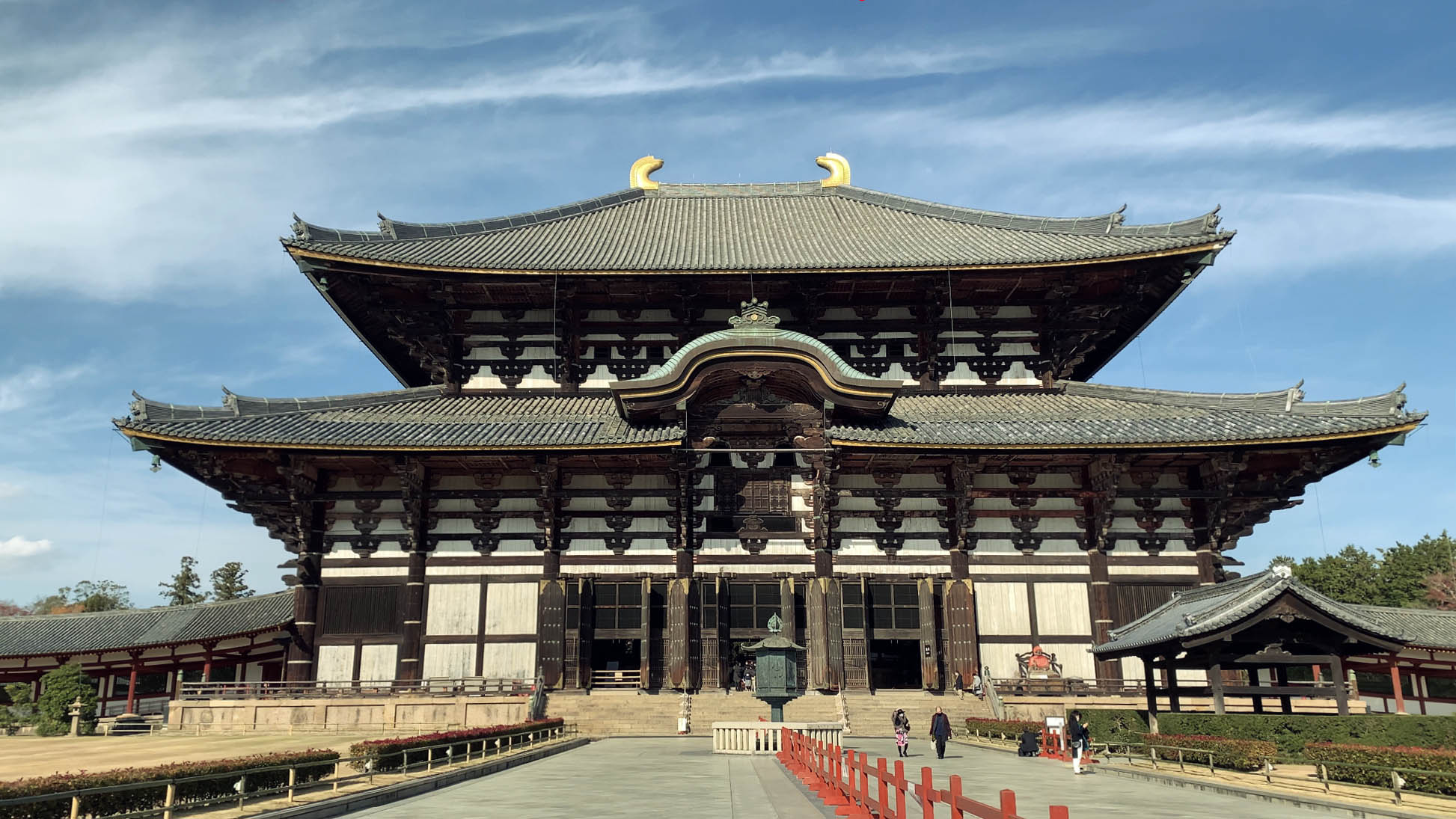
Nara Prefecture's important history reaches back to 710, a time now called the Nara era, when it was once capital of Japan. Called "Heijo-kyo" during its time as a capital, it's said that nara was once the end of the silk road, leading it to flourish as a uniquely international region and produce important cultural properties of all kinds. To make the most of each season, travelers head to Nara Park, where the Nara deer who wander freely, or climb Mount Yoshino, a famous cherry blossom spot.
-
OSAKA
VIEW MORE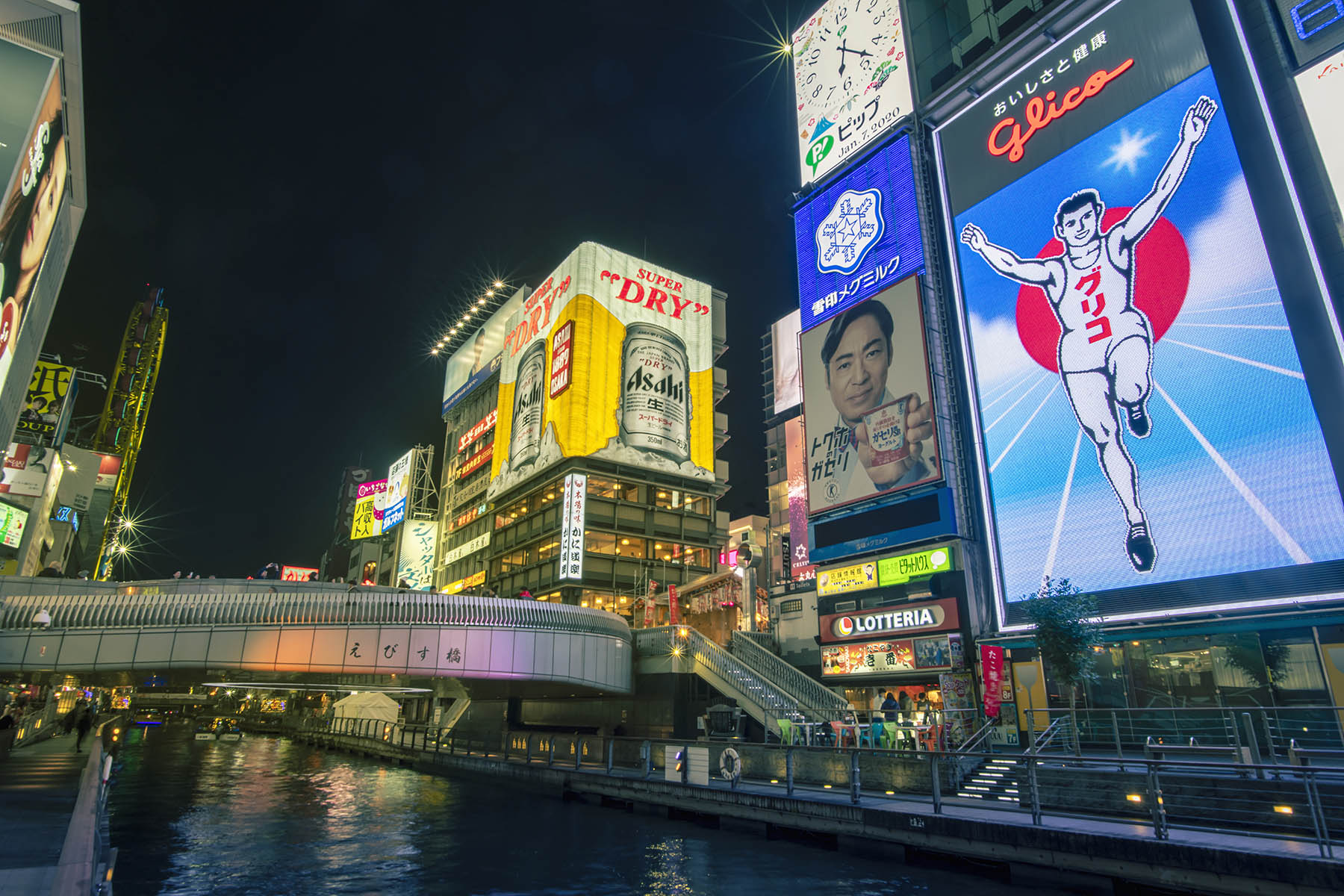
Osaka is known for friendly (and funny) people, but its history is nothing to laugh at, playing a major part in Toyotomi Hideyoshi's 16th century unification of Japan. Thanks to long years of economic activity, it's one of Japan's biggest cities, and Osaka's popular food culture earned it the nickname "The Kitchen of the Nation." To this day Osaka is the model of western Japan, and alongside historic structures like Osaka Castle, it also has major shopping malls like Umeda's Grand Front Osaka and Tennoji's Abeno Harukas. Osaka is a place to eat, eat, eat, with local specialties like takoyaki, okonomiyaki, and kushi-katsu, and for extra fun, it's home to Universal Studios Japan.
-
-
-
CHUGOKU
VIEW MORE -
HIROSHIMA
VIEW MORE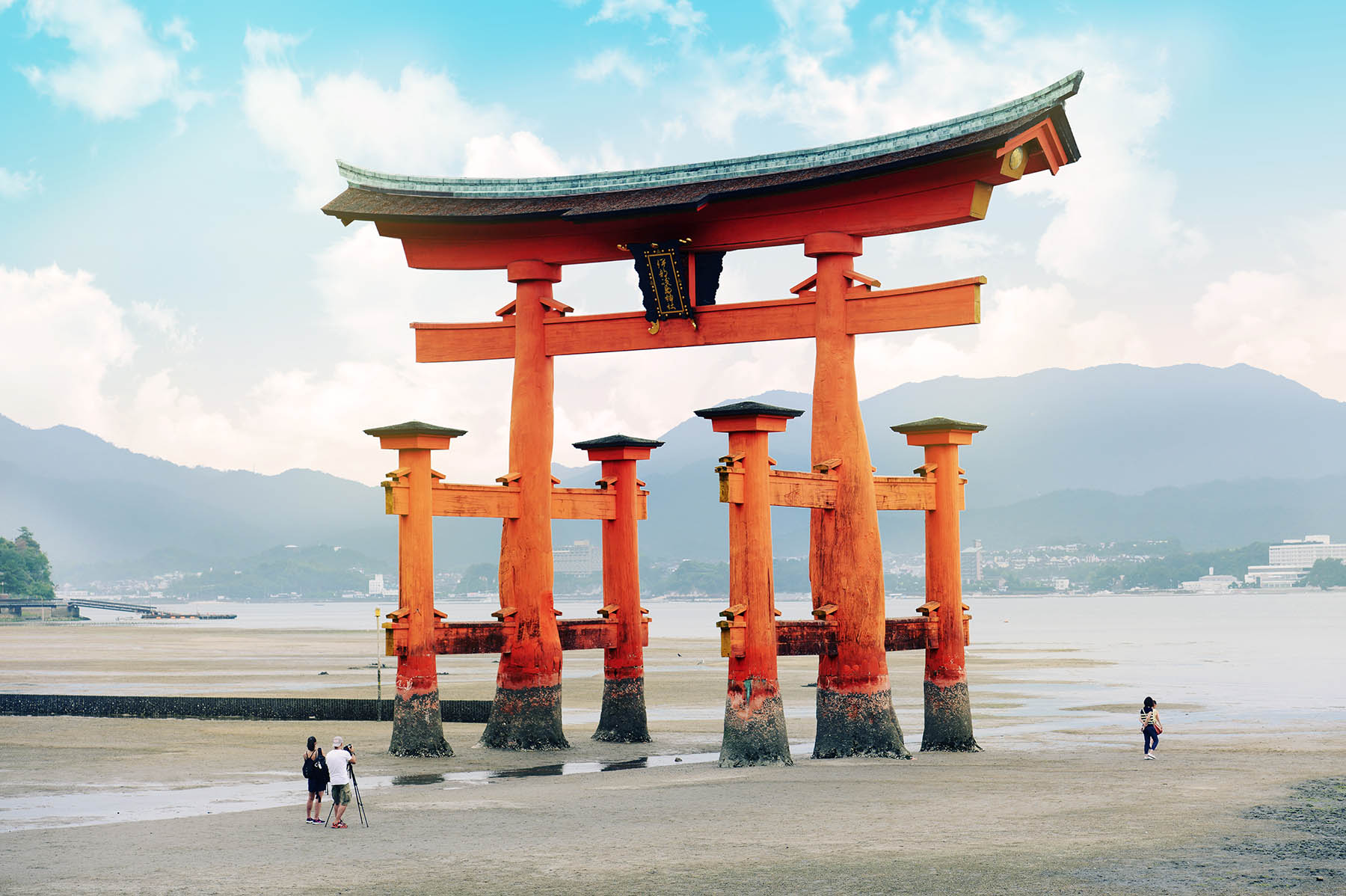
Hiroshima Prefecture has everything, from world heritage sites to beautiful nature and delicious local cuisine, and it's either an hour and a half from Tokyo by plane, or four hours by train. Itsukushima Shrine on Miyajima Island and the Atomic Bomb Dome, two Hiroshima UNESCO sites, are famous around the world, but in Japan it's also famous for food. Seafood from the Seto Inland Sea, especially oysters, Hiroshima-style okonomiyaki, and Setouchi lemons are all popular, and the natural scenery alone is worth seeing.
-
-
-
SHIKOKU
VIEW MORE -
KAGAWA
VIEW MORE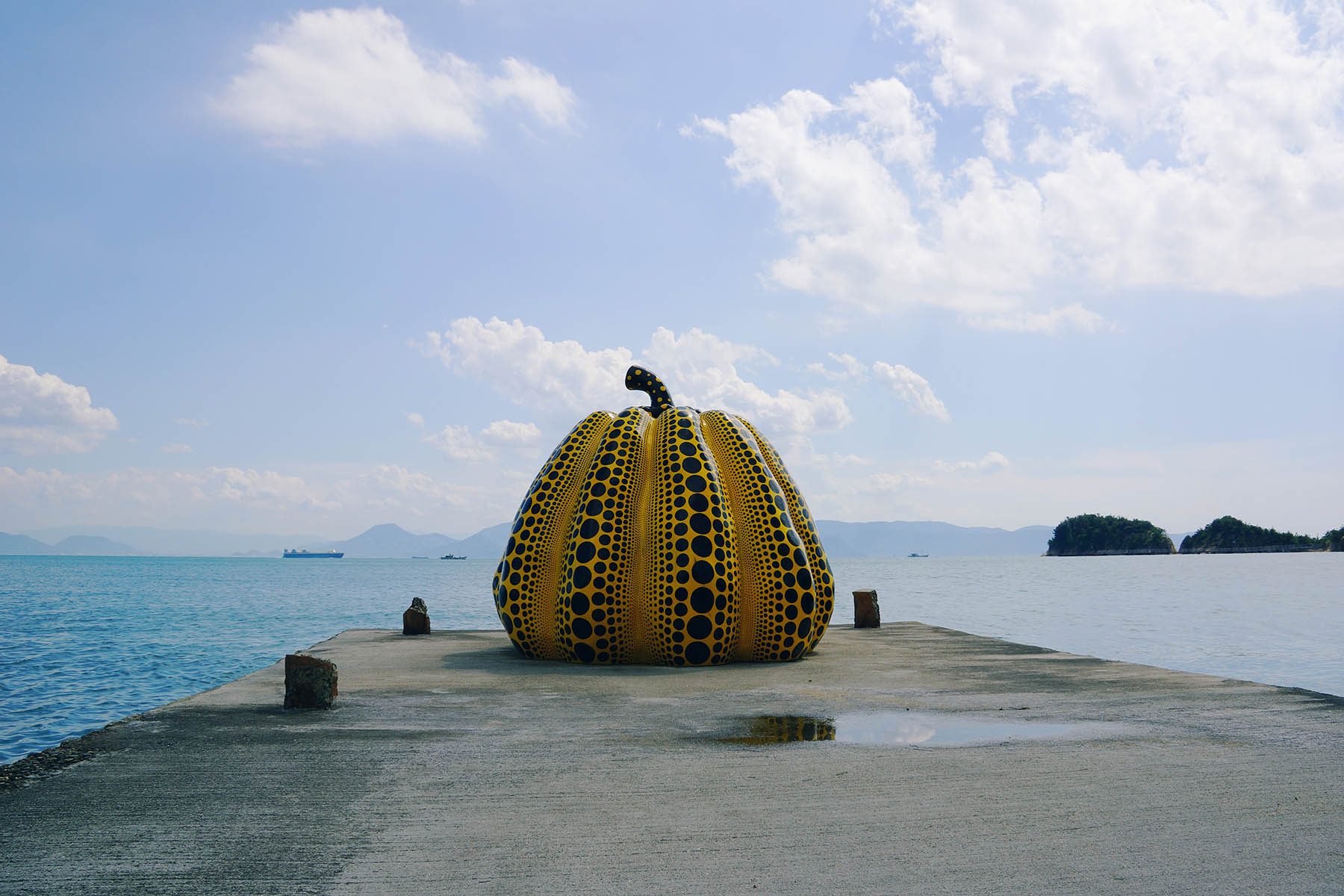
Kagawa Prefecture is on the northern part of the island of Shikoku, facing Japan's main island and the Seto Inland Sea. It's known for being the smallest prefecture in Japan, by area, but at the same time Kagawa is called the "Udon Prefecture" thanks to its famous sanuki udon. Aside from Kotohiragu Shrine and Ritsurin Garden, the prefecture's small islands are popular, and Kagawa is full of unique destinations, like Angel Road. They say that if you lay eyes on Zenigata Sunae, a huge Kagawa sand painting, you'll never have money troubles ever again.
-
-
-
KYUSHU
VIEW MORE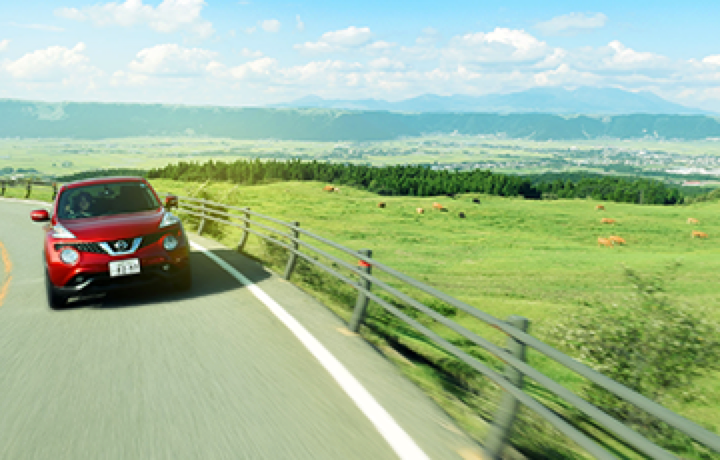
Located in the most southwestern part of Japan, Kyushu (九州) is an island of 7 prefectures: Fukuoka, Saga, Nagasaki, Kumamoto, Oita, Miyazaki, and Kagoshima. The island's unique culture has been influenced by Chinese and Dutch trade, along with missionaries coming in through Nagasaki's port. Modern-day travelers love the lush natural scenery and fresh food, plus the natural hot springs found all throughout the area (thanks to volcanic activity)!
-
FUKUOKA
VIEW MORE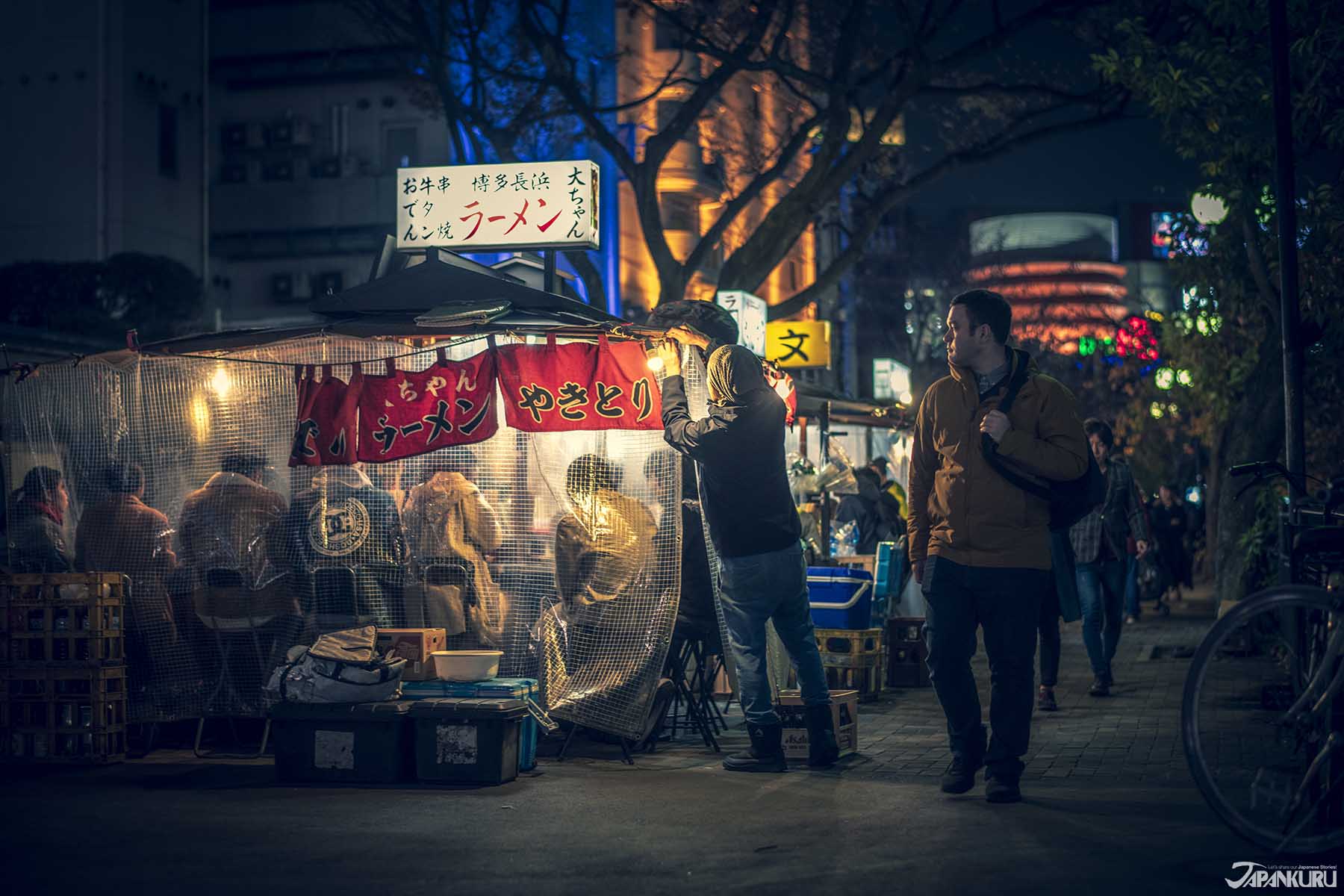
Fukuoka Prefecture has the highest population on the southern island of Kyushu, with two major cities: Fukuoka and Kitakyushu. Thanks to growing transportation networks, Fukuoka is more accessible than ever, and so are the many local attractions. On top of historical spots like Dazaifu Tenmangu Shrine, travelers shouldn't miss Fukuoka's food scene, with motsu nabe (offal hotpot), mentaiko (spicy cod roe), and famous Hakata ramen―best eaten from a food stall in the Nakasu area of Hakata. Plus, it's full of all sorts of destinations for travelers, like trendy shopping centers, and the beautiful nature of Itoshima and Yanagawa.
-
KAGOSHIMA
VIEW MORE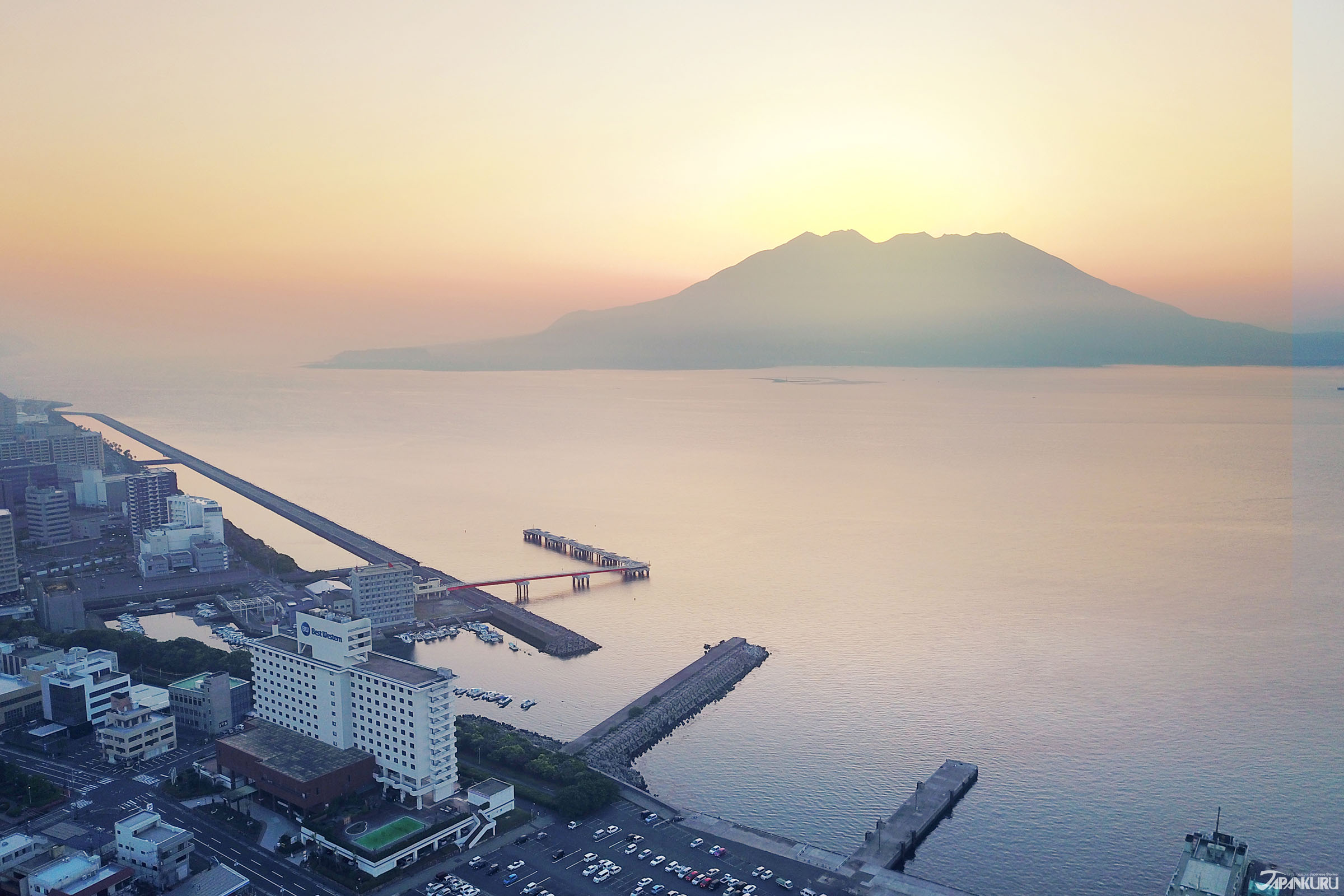
Kagoshima Prefecture played a major role in Japan's modernization as a backdrop for famous historical figures like samurais Saigo Takamori and Okubo Toshimichi, who pushed Japan out of the Edo era and into the Meiji. Because of that, Sengan-en Garden is just one of many historical destinations, and when it comes to attractions Kagoshima has plenty: the active volcano of Sakurajima, popular hot springs Ibusuki Onsen and Kirishima Onsen, World Heritage Site Yakushima Island, even what Japan calls the "island closest to heaven," Amami Oshima. Kagoshima might be found on the very southernmost tip of the southern island of Kyushu, but there's plenty to see.
-
-
-
OKINAWA
VIEW MORE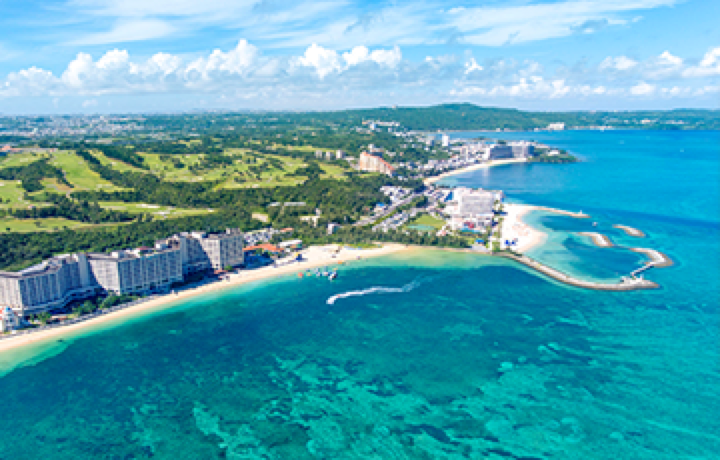
The island chain of Okinawa (沖縄) makes up the southernmost tip of Japan, which is why it's also the most tropical area in the country. Thanks to a history of independence and totally distinct political and cultural events, Okinawa has a unique culture, and remnants of the Ryukyu Kingdom are still visible all over the islands. Food, language, traditional dress, it's all a little different! It's also said to be the birthplace of karate.
-


